An 8-ounce cup of drip coffee typically contains around 80–100 milligrams of caffeine. This amount can vary significantly depending on factors like the type of coffee beans, brewing method, and preparation time. For example, longer brewing times or higher water temperatures often result in stronger coffee with more caffeine. The average cup of coffee brewed at home or in cafes usually falls within this range, but understanding how much caffeine in coffee depends on these variables helps you make informed choices about your daily intake.
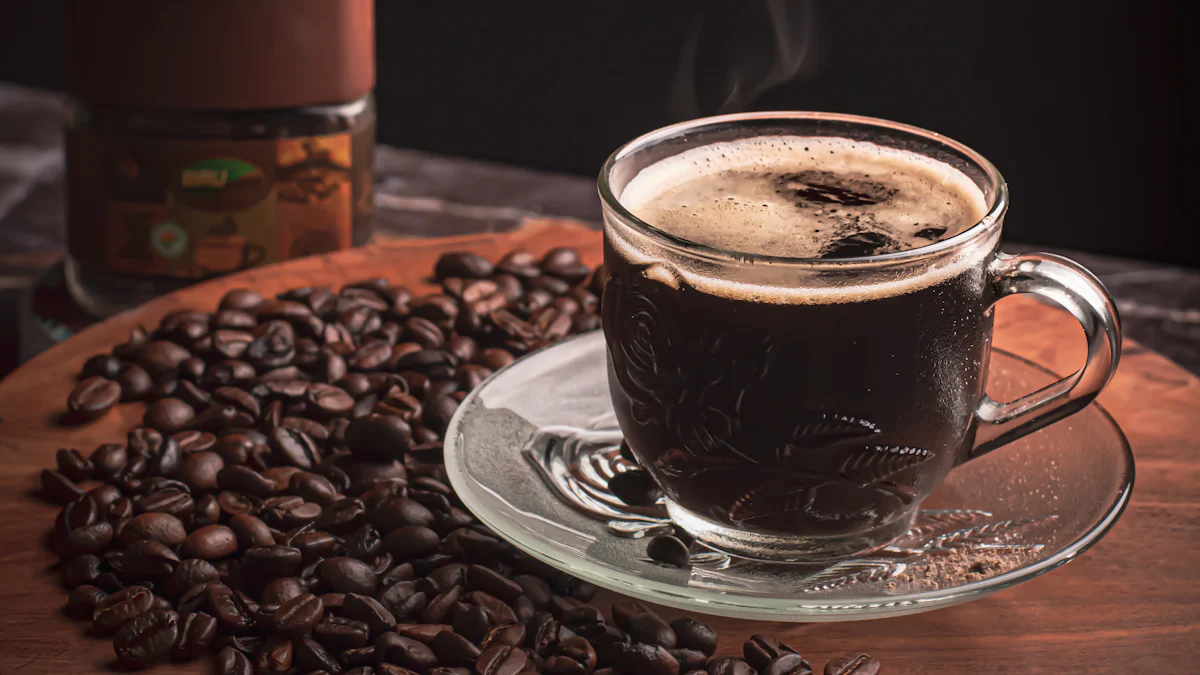
Key Takeaways
-
How Much Caffeine in Coffee: Caffeine Content in Different Types of Coffee
-
Factors That Affect How Much Caffeine Is in Coffee
-
How Much Caffeine Is Safe to Consume Daily?
-
Effects of Consuming Too Much Caffeine
-
Comparing How Much Caffeine in Coffee and Other Beverages
-
How Much Caffeine in Coffee from Popular Brands
-
Which Coffee Has the Most Caffeine?
-
FAQ
How Much Caffeine in Coffee: Caffeine Content in Different Types of Coffee
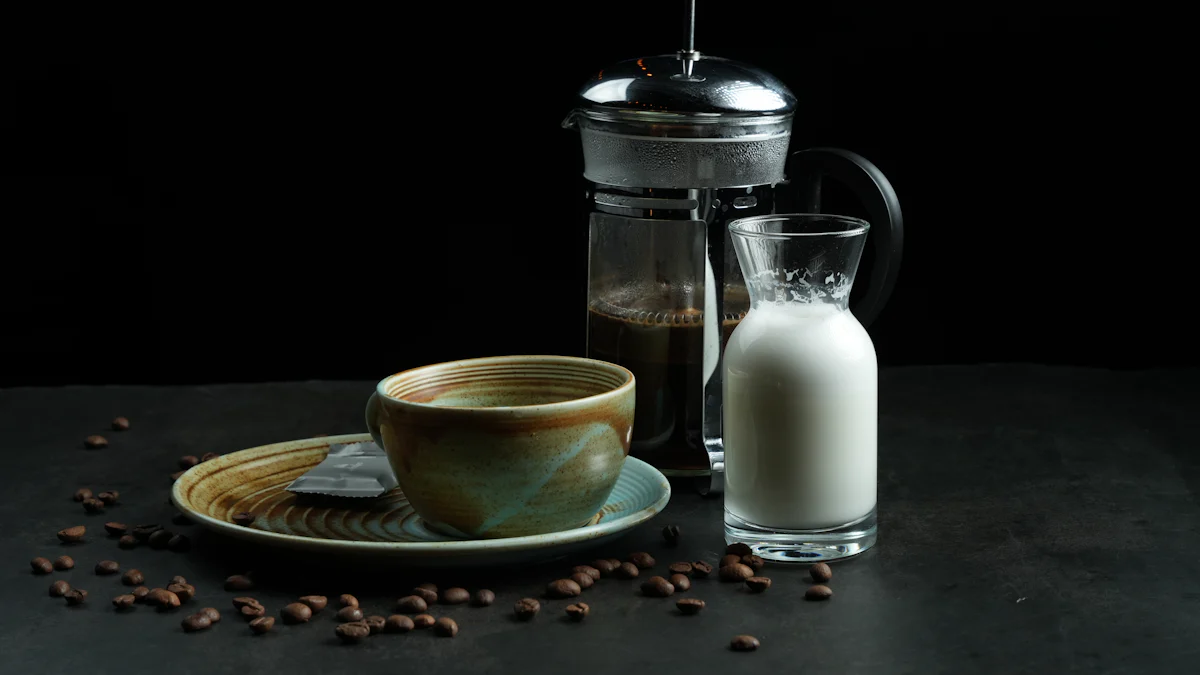
Brewed Coffee
Brewed coffee remains one of the most popular ways to enjoy this beverage. On average, an 8-ounce cup of brewed coffee contains about 95 milligrams of caffeine. The exact amount can vary depending on factors like the type of beans and the brewing method. For instance, lighter roasts tend to have slightly more caffeine than darker roasts. Additionally, brewing methods such as drip coffee machines or pour-over techniques can influence the caffeine content in coffee. If you prefer a traditional cup with moderate caffeine levels, brewed coffee is an excellent choice.
Espresso and Espresso-Based Drinks
Espresso offers a concentrated caffeine experience. A single shot of espresso, typically 1 ounce, contains about 63 milligrams of caffeine. While this may seem lower than brewed coffee, espresso has the highest caffeine concentration per ounce. Espresso-based drinks like lattes, cappuccinos, and macchiatos often include one or two shots of espresso, meaning their caffeine content depends on the number of shots used. If you enjoy bold flavors and a quick energy boost, espresso is a great option.
Fun Fact: Despite its strong taste, a full cup of brewed coffee usually contains more caffeine than a single shot of espresso due to the larger serving size.
Decaffeinated Coffee
Decaffeinated coffee provides an alternative for those who want to limit their caffeine intake. Contrary to popular belief, decaf coffee is not entirely caffeine-free. An 8-ounce cup of decaf coffee typically contains about 3 milligrams of caffeine. This small amount comes from the natural caffeine that remains after the decaffeination process. Decaf coffee is ideal if you enjoy the taste of coffee but wish to avoid the stimulating effects of caffeine.
Instant Coffee
Instant coffee offers a quick and convenient way to enjoy your favorite beverage. It typically contains less caffeine compared to brewed coffee. An 8-ounce cup of instant coffee usually has about 62 milligrams of caffeine, making it a milder option for those who prefer a lighter dose of stimulation. The caffeine content can vary slightly depending on the brand and preparation method, but it generally remains consistent across most products.
The process of making instant coffee involves brewing coffee beans into a concentrated liquid, which is then dried into a powder or granules. When you add hot water, the granules dissolve, creating a ready-to-drink cup of coffee. This method retains much of the flavor while reducing the caffeine levels compared to traditional brewing methods.
Instant coffee appeals to individuals seeking simplicity and speed. It also serves as a practical choice for travelers or those without access to coffee-making equipment. If you’re curious about how much caffeine in coffee suits your lifestyle, instant coffee provides a balanced option that combines convenience with moderate caffeine levels.
Pro Tip: To control how much caffeine you consume, adjust the amount of instant coffee you use. Adding more granules increases the caffeine content, while using less creates a milder cup.
Factors That Affect How Much Caffeine Is in Coffee
Coffee Bean Type (Arabica vs. Robusta)
The type of coffee bean plays a significant role in determining how much caffeine is in your cup. Arabica and Robusta are the two most common types of coffee beans, each with distinct caffeine levels. Arabica beans, known for their smooth and mild flavor, contain about *6 milligrams of caffeine per bean*. In contrast, Robusta beans, which have a stronger and more bitter taste, pack nearly 12 milligrams of caffeine per bean. This means Robusta beans have almost double the caffeine content of Arabica beans.
If you prefer a milder brew with less caffeine, Arabica-based coffee is an excellent choice. On the other hand, Robusta beans are ideal for those seeking a stronger caffeine kick. Many instant coffee brands use Robusta beans to enhance the caffeine levels while maintaining affordability. Understanding the bean type helps you tailor your coffee experience to your preferences.
Brewing Method (Drip, French Press, Cold Brew, etc.)
The brewing method significantly impacts the caffeine content in coffee. Different techniques extract varying amounts of caffeine from the beans, resulting in unique flavor profiles and caffeine levels.
-
Drip Coffee: This method, commonly used in coffee makers, produces a balanced cup with moderate caffeine levels. An 8-ounce cup of brewed coffee from a drip machine typically contains about 95 milligrams of caffeine.
-
French Press: This method involves steeping coarsely ground coffee in hot water before pressing it through a filter. French press coffee often has a richer flavor and slightly higher caffeine levels than drip coffee due to the extended brewing time.
-
Cold Brew: Cold brew coffee stands out for its smooth taste and high caffeine content. The cold brewing process, which involves steeping coffee grounds in cold water for 12–24 hours, extracts more caffeine. A single serving can contain up to 280 milligrams of caffeine, making it one of the strongest options.
-
Espresso: While espresso has a high caffeine concentration per ounce, its smaller serving size results in less total caffeine compared to a full cup of brewed coffee. A 1-ounce shot of espresso contains about 63 milligrams of caffeine.
Choosing the right brewing method depends on your taste preferences and desired caffeine intake. If you want a bold and highly caffeinated option, cold brew or French press coffee may suit you best. For a more traditional experience, drip coffee offers a reliable balance of flavor and caffeine.
Serving Size and Strength of the Brew
Serving size directly influences how much caffeine you consume. Larger servings naturally contain more caffeine, even if the coffee itself is not particularly strong. For example, a 16-ounce cup of brewed coffee will have roughly double the caffeine of an 8-ounce serving. Paying attention to portion sizes helps you manage your caffeine intake effectively.
The strength of the brew also matters. Stronger coffee, made by using more coffee grounds relative to water, contains higher caffeine levels. For instance, doubling the amount of coffee grounds in a drip coffee maker increases the caffeine content in your cup. Similarly, espresso-based drinks with multiple shots, such as a double or triple espresso, deliver significantly more caffeine than a single shot.
Pro Tip: To control how much caffeine you consume, adjust the coffee-to-water ratio during brewing. Using less coffee grounds results in a milder brew, while increasing the grounds creates a stronger cup.
By understanding these factors—bean type, brewing method, serving size, and brew strength—you can make informed decisions about how much caffeine in coffee aligns with your preferences and lifestyle.
How Much Caffeine Is Safe to Consume Daily?
Recommended Daily Intake for Adults
Understanding your limits with caffeine is essential for maintaining a healthy lifestyle. According to health experts, most adults can safely consume up to 400 milligrams of caffeine per day. This amount equals about four 8-ounce cups of regular coffee. However, the exact amount you can handle depends on your body’s tolerance and sensitivity.
The Food and Drug Administration (FDA) highlights that exceeding this limit may lead to unwanted side effects. If you enjoy multiple cups of coffee daily, consider monitoring your total caffeine intake from all sources, including tea, energy drinks, and chocolate. Staying within the recommended range ensures you can enjoy the benefits of caffeine without overloading your system.
Quick Tip: Keep track of how much caffeine in coffee you consume by checking serving sizes and brewing methods. A larger cup or stronger brew can quickly increase your daily intake of caffeine.
Caffeine Sensitivity and Individual Tolerance
Your body’s reaction to caffeine varies based on factors like genetics, age, and overall health. Some individuals metabolize caffeine quickly, allowing them to enjoy several cups of coffee without issues. Others may feel jittery or anxious after just one serving. This difference is known as caffeine sensitivity.
If you notice symptoms like restlessness, rapid heartbeat, or trouble sleeping after drinking coffee, you might have a lower tolerance. In such cases, reducing your caffeine intake or switching to options with lower caffeine content, like decaf coffee, can help. Listening to your body’s signals is crucial for finding the right balance.
Did You Know? People with higher caffeine sensitivity often experience stronger effects even from small amounts of caffeine. Adjusting your consumption can improve your overall well-being.
Risks of Exceeding Safe Limits
Consuming too much caffeine can lead to both short-term and long-term health risks. In the short term, excessive caffeine intake may cause symptoms like headaches, irritability, and digestive discomfort. Drinking more than the recommended daily intake of caffeine can also disrupt your sleep patterns, leading to fatigue and reduced productivity.
Long-term overconsumption poses more serious risks. Studies suggest that consistently exceeding safe caffeine levels may increase the likelihood of heart problems, high blood pressure, and dependency. To avoid these issues, it’s important to moderate your caffeine consumption and choose beverages with lower caffeine content when needed.
Pro Tip: If you’re trying to cut back, gradually reduce your caffeine intake instead of stopping abruptly. This approach minimizes withdrawal symptoms like headaches and fatigue.
By understanding how much caffeine your body can handle, you can make informed decisions about your coffee habits. Whether you prefer regular coffee or decaf, staying mindful of your caffeine content ensures a healthier and more enjoyable experience.
Effects of Consuming Too Much Caffeine
Common Side Effects (e.g., Jitters, Insomnia, Increased Heart Rate)
Excessive caffeine consumption can lead to several immediate side effects. You may experience jitters, which manifest as restlessness or an inability to stay still. This occurs because caffeine stimulates your central nervous system, increasing alertness but also causing overactivity in some cases. Insomnia is another common issue. Drinking coffee late in the day can interfere with your ability to fall asleep or stay asleep. Research suggests that avoiding caffeine at least six hours before bedtime can help prevent sleep disturbances.
An increased heart rate is another potential side effect. Caffeine can temporarily elevate your heart rate, especially if you consume large amounts in a short period. For individuals sensitive to caffeine, even moderate consumption may trigger palpitations or a racing heartbeat. Digestive discomfort, such as acid reflux or an upset stomach, may also occur due to caffeine’s effect on stomach acid production.
Quick Tip: If you notice these symptoms, consider reducing your caffeine intake or spacing out your coffee consumption throughout the day.
Long-Term Health Implications
Consistently consuming too much caffeine can have long-term consequences for your health. Studies indicate that chronic caffeine intake may slightly raise blood pressure, particularly in individuals who are sensitive to it. Over time, this could increase the risk of hypertension. Additionally, heavy caffeine consumption has been linked to pre-diabetes and kidney issues in some cases.
Caffeine dependency is another concern. Regularly exceeding the recommended daily limit of 400 milligrams can lead to physical dependence, making it difficult to function without your daily dose of coffee. This dependency may also contribute to withdrawal symptoms like headaches, fatigue, and irritability when you try to cut back.
Mental health can also be affected. While moderate caffeine intake may improve mood temporarily, excessive amounts can worsen anxiety and exacerbate symptoms of depression. Sleep disruption caused by caffeine can further impact mental well-being, leading to fatigue and reduced cognitive performance.
Did You Know? Long-term overconsumption of caffeine has been associated with an increased risk of heart disease and other chronic conditions. Moderation is key to avoiding these risks.
How to Reduce Caffeine Intake Safely
If you decide to cut back on caffeine, doing so gradually is essential to avoid withdrawal symptoms. Start by reducing the number of cups of coffee you drink each day. For example, if you usually consume four cups, try cutting back to three for a week before reducing further. Switching to decaffeinated coffee or tea can also help you maintain your routine while lowering your caffeine intake.
Another effective strategy is to replace high-caffeine beverages with alternatives. Herbal teas, which are naturally caffeine-free, can provide a comforting and flavorful substitute. You can also dilute your coffee by adding more water or milk, reducing the overall caffeine concentration.
Pay attention to hidden sources of caffeine in your diet. Energy drinks, sodas, and even some medications contain caffeine, which can add up quickly. Reading labels and being mindful of your total intake will help you stay within safe limits.
Pro Tip: Gradual reduction allows your body to adjust to lower caffeine levels, minimizing withdrawal effects like headaches and fatigue.
By understanding how much caffeine your body can handle and taking steps to reduce excessive intake, you can enjoy coffee and other caffeinated beverages without compromising your health.
Comparing How Much Caffeine in Coffee and Other Beverages
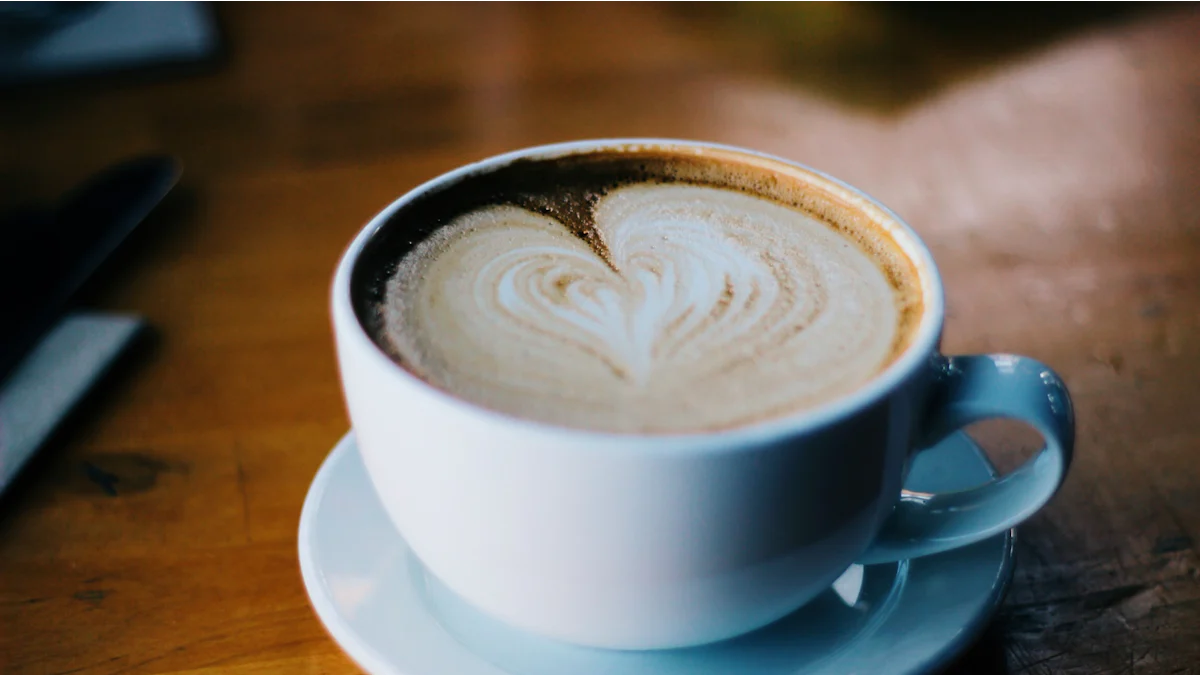
Coffee vs. Tea
When comparing coffee and tea, the caffeine content stands out as a key difference. An 8-ounce cup of brewed coffee typically contains about 95 milligrams of caffeine, while the same serving of black tea has around 40–70 milligrams. Green tea offers even less, with approximately 20–45 milligrams per cup. These variations make tea a gentler option for those who prefer a milder stimulant effect.
Tea also provides additional benefits through compounds like L-theanine, which promotes relaxation without reducing alertness. This unique combination allows tea to deliver a smoother energy boost compared to coffee. If you’re sensitive to caffeine or looking for a more balanced experience, tea might suit your needs better.
Quick Tip: If you enjoy both beverages, alternating between coffee and tea can help you manage your caffeine intake while still enjoying their distinct flavors and benefits.
Coffee vs. Energy Drinks
Energy drinks have gained popularity for their ability to provide a quick energy boost. However, their caffeine content varies widely. A standard 8-ounce energy drink contains about 70–100 milligrams of caffeine, similar to a cup of coffee. Some brands, though, pack as much as 200 milligrams per serving, making them significantly stronger.
Unlike coffee, energy drinks often include added sugars, artificial flavors, and other stimulants like taurine. These ingredients can amplify the effects of caffeine but may also lead to side effects such as jitters or a rapid energy crash. Coffee, on the other hand, offers a natural source of caffeine without unnecessary additives, making it a healthier choice for many.
Pro Tip: Check the label on energy drinks to understand their caffeine content and additional ingredients. Opt for coffee if you prefer a cleaner energy source.
Coffee vs. Soda
Soda provides a much lower caffeine dose compared to coffee. A 12-ounce can of cola contains about 30–40 milligrams of caffeine, far less than the 95 milligrams found in an 8-ounce cup of coffee. This makes soda a weaker stimulant, though its high sugar content can still provide a temporary energy spike.
The excessive sugar in soda poses health risks, including weight gain and increased risk of diabetes. Coffee, especially when consumed black or with minimal additives, avoids these issues. If you’re looking for a beverage that delivers caffeine without the drawbacks of added sugar, coffee is the better option.
Did You Know? Diet sodas may contain caffeine without the sugar, but they often include artificial sweeteners, which come with their own set of health concerns.
Coffee vs. Chocolate
When comparing coffee and chocolate, caffeine content emerges as a notable difference. Coffee, especially brewed varieties, contains significantly more caffeine than chocolate. An 8-ounce cup of brewed coffee typically delivers about 95 milligrams of caffeine, while a standard serving of milk chocolate (1.5 ounces) contains only about 9 milligrams. Dark chocolate, known for its richer flavor and higher cocoa content, offers slightly more caffeine—around 20 milligrams per ounce. Despite this, chocolate remains a much milder source of caffeine compared to coffee.
Chocolate provides caffeine alongside other compounds like theobromine, which also acts as a mild stimulant. Theobromine contributes to chocolate’s ability to enhance mood and energy without the intensity of coffee. This makes chocolate a gentler option for those who want a subtle boost without the risk of jitters or restlessness. However, consuming large amounts of chocolate can still lead to excessive caffeine intake, especially when combined with other caffeinated foods or beverages.
Did You Know? The darker the chocolate, the higher its caffeine content. Opting for milk chocolate instead of dark chocolate can help you limit your caffeine consumption.
For individuals sensitive to caffeine, chocolate may serve as a more manageable alternative to coffee. Its lower caffeine levels reduce the likelihood of side effects like insomnia or increased heart rate. Additionally, chocolate offers versatility as a snack or ingredient in desserts, making it an enjoyable way to satisfy cravings while keeping your caffeine intake in check.
If you’re curious about how much caffeine you consume daily, consider the cumulative effect of coffee, chocolate, and other sources. Monitoring your intake ensures you stay within safe limits and avoid potential side effects. Whether you prefer the bold kick of coffee or the subtle stimulation of chocolate, understanding their differences helps you make informed choices.
How Much Caffeine in Coffee from Popular Brands
Starbucks
Starbucks is renowned for its bold flavors and high caffeine levels. The caffeine content in Starbucks coffee varies depending on the size and type of drink you choose. For example, a grande (16-ounce) Pike Place Roast contains about 310 milligrams of caffeine, making it one of the stronger options among popular coffee chains. If you prefer cold beverages, the grande Cold Brew offers a similar caffeine boost with approximately 205 milligrams.
Espresso-based drinks at Starbucks also pack a punch. A single shot of espresso contains 75 milligrams of caffeine, and drinks like lattes or cappuccinos include one or more shots, depending on the size. For those seeking an extra kick, the Venti Blonde Roast delivers a whopping 475 milligrams of caffeine, making it one of the most caffeinated options available.
Pro Tip: If you’re sensitive to caffeine, consider ordering a smaller size or opting for decaf versions of your favorite Starbucks drinks.
Dunkin'
Dunkin' offers a wide range of coffee options with varying caffeine levels. A medium (14-ounce) cup of Dunkin’s Original Blend Coffee contains about 210 milligrams of caffeine, providing a moderate energy boost. If you enjoy iced coffee, the medium Iced Coffee contains slightly more caffeine, averaging around 297 milligrams. Dunkin’s cold brew, known for its smooth flavor, delivers 260 milligrams of caffeine in a medium serving.
Espresso-based drinks at Dunkin’ are slightly milder compared to Starbucks. A single shot of espresso contains 75 milligrams of caffeine, and drinks like macchiatos or lattes include one or more shots based on the size. For a lighter option, Dunkin’ also offers decaf coffee, which contains minimal caffeine while retaining the classic coffee taste.
Did You Know? Dunkin’ uses a blend of Arabica beans, which are known for their smooth flavor and moderate caffeine levels.
McDonald's
McDonald's McCafé line provides affordable and accessible coffee options with consistent caffeine levels. A small (12-ounce) cup of McCafé Premium Roast Coffee contains about 109 milligrams of caffeine, making it a milder choice compared to Starbucks or Dunkin’. The large (21-ounce) size, however, offers a more substantial caffeine boost with 185 milligrams.
For iced coffee lovers, McDonald’s medium Iced Coffee contains approximately 133 milligrams of caffeine, while the medium Iced Latte includes 142 milligrams, depending on the number of espresso shots. McDonald’s also caters to those who prefer less caffeine with its decaf coffee, which contains only a trace amount of caffeine per serving.
Quick Tip: McDonald’s coffee is a great option if you’re looking for a budget-friendly choice with moderate caffeine content.
Understanding the caffeine content of popular coffee brands helps you make informed decisions about your daily intake. Whether you prefer the robust flavors of Starbucks, the balanced brews of Dunkin’, or the affordability of McDonald’s, knowing the caffeine levels in each cup ensures you can tailor your coffee experience to your needs.
Other Popular Chains
When exploring coffee options from other popular chains, you’ll notice a wide range of caffeine levels tailored to different preferences. These chains often provide unique blends and brewing methods, giving you plenty of choices to suit your taste and energy needs.
-
Peet’s Coffee: Known for its rich and bold flavors, Peet’s Coffee offers some of the strongest brews among coffee chains. A medium (16-ounce) cup of Peet’s Dark Roast contains approximately 260 milligrams of caffeine, making it a robust choice for those seeking a powerful energy boost. Their cold brew options also pack a punch, with a medium serving delivering around 200 milligrams of caffeine.
-
Caribou Coffee: Caribou Coffee provides a more moderate caffeine experience. A medium (16-ounce) cup of their brewed coffee contains about 230 milligrams of caffeine, slightly less than Starbucks or Peet’s. For a smoother option, their crafted press drinks combine cold press coffee with cream and sugar, offering a balanced flavor with a moderate caffeine kick.
-
Tim Hortons: This Canadian favorite delivers a milder caffeine profile. A medium (14-ounce) cup of Tim Hortons Original Blend Coffee contains about 205 milligrams of caffeine, making it a suitable choice if you prefer a less intense brew. Their iced coffee and cold brew options also provide a refreshing alternative with similar caffeine levels.
-
Dutch Bros Coffee: Dutch Bros stands out for its creative menu and customizable drinks. A medium (16-ounce) Americano contains around 190 milligrams of caffeine, while their cold brew offers a stronger option with 240 milligrams. If you enjoy sweet and flavorful beverages, Dutch Bros’ signature drinks often include espresso shots, allowing you to adjust the caffeine content to your liking.
Pro Tip: When ordering from these chains, check the size and type of drink to estimate the caffeine content. Many chains offer detailed nutritional information online or in-store, helping you make informed decisions.
These popular coffee chains cater to a variety of tastes and caffeine preferences. Whether you’re looking for a bold, high-caffeine brew or a milder, smoother option, you’ll find something to match your needs. By understanding the caffeine content in their offerings, you can enjoy your coffee while managing your daily intake effectively.
Which Coffee Has the Most Caffeine?
High-Caffeine Coffee Brands
Some coffee brands cater specifically to those seeking a powerful caffeine boost. These high-caffeine coffee brands often use unique blends or specialized roasting techniques to maximize the caffeine content in each cup. For example, brands like Death Wish Coffee and Black Insomnia Coffee are renowned for their exceptionally high caffeine levels. A single 8-ounce cup of Death Wish Coffee contains approximately 728 milligrams of caffeine, making it one of the strongest options available. Similarly, Black Insomnia Coffee boasts around 702 milligrams of caffeine per 12-ounce serving.
These brands achieve their potency by using a higher ratio of Robusta beans, which contain nearly double the caffeine of Arabica beans. Robusta beans, with about 12 milligrams of caffeine in a coffee bean, significantly increase the overall caffeine content. If you’re looking for a coffee that delivers an intense energy boost, these brands are worth exploring. However, always consume such high-caffeine options in moderation to avoid exceeding safe daily limits.
Pro Tip: Check the packaging or website of high-caffeine coffee brands for detailed information about their caffeine content. This helps you make informed choices based on your tolerance and preferences.
Strongest Brewing Methods
The brewing method you choose plays a critical role in determining the caffeine content of your coffee. Some methods extract more caffeine from the beans, resulting in a stronger cup. Here are the brewing methods known for producing the most caffeinated coffee:
-
Cold Brew: Cold brew coffee stands out for its smooth flavor and high caffeine levels. The extended steeping process, which lasts 12–24 hours, extracts a significant amount of caffeine. A single serving of cold brew can contain up to 280 milligrams of caffeine, depending on the coffee-to-water ratio used.
-
Espresso: Espresso has the highest caffeine concentration per ounce. A single 1-ounce shot contains about 63 milligrams of caffeine. While the serving size is small, espresso-based drinks like lattes or Americanos can include multiple shots, increasing the total caffeine content.
-
French Press: This method involves steeping coarsely ground coffee in hot water for several minutes. The longer brewing time allows for more caffeine extraction, resulting in a robust and flavorful cup.
-
AeroPress: The AeroPress method uses pressure to extract coffee, similar to espresso. It produces a concentrated brew with a higher caffeine content compared to traditional drip coffee.
If you prefer a bold and highly caffeinated experience, these brewing methods are excellent choices. Adjusting the coffee-to-water ratio or steeping time can further enhance the caffeine levels in your cup.
Did You Know? Lighter roasts tend to retain more caffeine than darker roasts because the roasting process reduces caffeine content. Choosing a light roast for these brewing methods can amplify the caffeine in your coffee.
How to Choose a Coffee Based on Caffeine Content
Selecting the right coffee depends on your caffeine needs and personal preferences. To make an informed choice, consider the following factors:
-
Bean Type: Arabica beans offer a smoother flavor with moderate caffeine levels, while Robusta beans provide a stronger kick due to their higher caffeine content. If you want a milder option, go for Arabica-based coffee. For maximum caffeine, look for blends with a higher proportion of Robusta beans.
-
Roast Level: Contrary to popular belief, lighter roasts generally contain more caffeine than darker roasts. The roasting process reduces the caffeine in a coffee bean, so light or gold roasts are ideal if you’re seeking a higher caffeine dose.
-
Brewing Method: Choose a brewing method that aligns with your caffeine goals. Cold brew and French press methods extract more caffeine, while drip coffee offers a balanced option. Espresso provides a concentrated caffeine experience in smaller servings.
-
Serving Size: Larger servings naturally contain more caffeine. For example, a 16-ounce cup of brewed coffee will have roughly double the caffeine of an 8-ounce serving. Pay attention to portion sizes to manage your intake effectively.
-
Brand Selection: High-caffeine coffee brands like Death Wish Coffee or Black Insomnia Coffee are perfect for those who need an extra energy boost. For a more moderate option, stick to regular coffee brands with detailed caffeine information on their labels.
By considering these factors, you can tailor your coffee experience to match your lifestyle and caffeine tolerance. Whether you prefer a mild morning brew or a bold pick-me-up, understanding the variables that influence caffeine content ensures you make the best choice.
Coffee offers a dynamic and enjoyable way to incorporate caffeine into your daily routine. Its caffeine content varies significantly based on factors like brewing method, serving size, and bean type. For instance, a Starbucks Pike Place Roast delivers 310 mg of caffeine in a grande size, while a single shot of espresso contains about 63 mg. Understanding these differences empowers you to tailor your coffee choices to your lifestyle and energy needs. By consuming coffee in moderation, you can enjoy its stimulating benefits while avoiding potential side effects. Make informed decisions and savor every cup responsibly.
FAQ
How much caffeine is in a standard cup of coffee?
The caffeine content in a standard cup of coffee varies depending on the size and brewing method. An 8-ounce cup of brewed coffee typically contains 80–100 milligrams of caffeine. However, many coffee shops serve “small” sizes that are 12 ounces, which can contain 135–145 milligrams of caffeine. Cold brew coffee, known for its smooth flavor, often has higher caffeine levels, ranging from 153–238 milligrams in a 12-ounce serving.
Is decaf coffee completely caffeine-free?
Decaf coffee is not entirely caffeine-free. An 8-ounce cup of decaf coffee usually contains about 2–15 milligrams of caffeine, depending on the brand and brewing process. While this amount is significantly lower than regular coffee, it’s important to note that decaf still contains trace amounts of caffeine.
Fun Fact: Decaf coffee provides a great option for those who enjoy the taste of coffee but want to limit their caffeine intake.
Which coffee has the highest caffeine content?
Some specialty coffee brands and brewing methods produce exceptionally high caffeine levels. For example, Viscous Coffee in Adelaide, Australia, offers one of the strongest cups of coffee in the world, with caffeine content 80 times that of a typical espresso shot. Among popular brands, Death Wish Coffee and Black Insomnia Coffee are known for their high caffeine levels, with an 8-ounce cup containing up to 728 milligrams of caffeine.
Pro Tip: Always check the label or ask your barista about the caffeine content if you’re trying a high-caffeine coffee.
How does cold brew compare to regular coffee in caffeine content?
Cold brew coffee often contains more caffeine than regular brewed coffee due to its long steeping process. A 12-ounce cup of cold brew typically contains 153–238 milligrams of caffeine, depending on the coffee-to-water ratio used. In comparison, a similar-sized cup of brewed coffee contains about 113–247 milligrams of caffeine.
How much caffeine is safe to consume daily?
Health experts recommend that most adults consume no more than 400 milligrams of caffeine per day. This amount equals about four 8-ounce cups of brewed coffee. Exceeding this limit may lead to side effects like jitters, insomnia, or an increased heart rate. If you consume other caffeinated products, such as tea, energy drinks, or chocolate, consider these sources when calculating your total daily intake.
Does the type of coffee bean affect caffeine levels?
Yes, the type of coffee bean significantly impacts caffeine content. Arabica beans, known for their smooth flavor, contain about 6 milligrams of caffeine per bean. Robusta beans, which have a stronger and more bitter taste, pack nearly 12 milligrams of caffeine per bean. Many instant coffee brands use Robusta beans to enhance caffeine levels while maintaining affordability.
What is the caffeine content in popular coffee chain drinks?
The caffeine content in coffee from popular chains varies widely:
-
Starbucks: A grande Pike Place Roast (16 ounces) contains about 310 milligrams of caffeine. Their cold brew offers 155 milligrams in a 12-ounce serving.
-
Dunkin': A medium (14-ounce) cup of Dunkin’s Original Blend Coffee contains 210 milligrams of caffeine. Their iced coffee averages around 297 milligrams for the same size.
-
McDonald's: A small (12-ounce) McCafé Premium Roast Coffee contains 109 milligrams of caffeine, while a large (21-ounce) size offers 185 milligrams.
Quick Tip: If you’re sensitive to caffeine, opt for smaller sizes or decaf options at these chains.
Does serving size impact caffeine content?
Serving size directly affects how much caffeine you consume. Larger servings naturally contain more caffeine. For instance, a 16-ounce cup of brewed coffee will have roughly double the caffeine of an 8-ounce serving. Paying attention to portion sizes helps you manage your caffeine intake effectively.
Can you reduce the caffeine in your coffee?
Yes, you can reduce the caffeine in your coffee by choosing decaf options or adjusting your brewing method. Using less coffee grounds or opting for lighter roasts can also lower caffeine levels. Additionally, diluting your coffee with milk or water reduces its overall caffeine concentration.
How does coffee compare to other caffeinated beverages?
Coffee generally contains more caffeine than most other beverages:
-
Tea: An 8-ounce cup of black tea has 40–70 milligrams of caffeine, while green tea contains 20–45 milligrams.
-
Energy Drinks: A standard 8-ounce energy drink contains 70–100 milligrams of caffeine, though some brands exceed 200 milligrams per serving.
-
Soda: A 12-ounce can of cola contains about 30–40 milligrams of caffeine.
-
Chocolate: A 1.5-ounce serving of milk chocolate has about 9 milligrams of caffeine, while dark chocolate contains around 20 milligrams per ounce.
Did You Know? Coffee provides a natural source of caffeine without the added sugars or artificial ingredients found in many energy drinks and sodas.
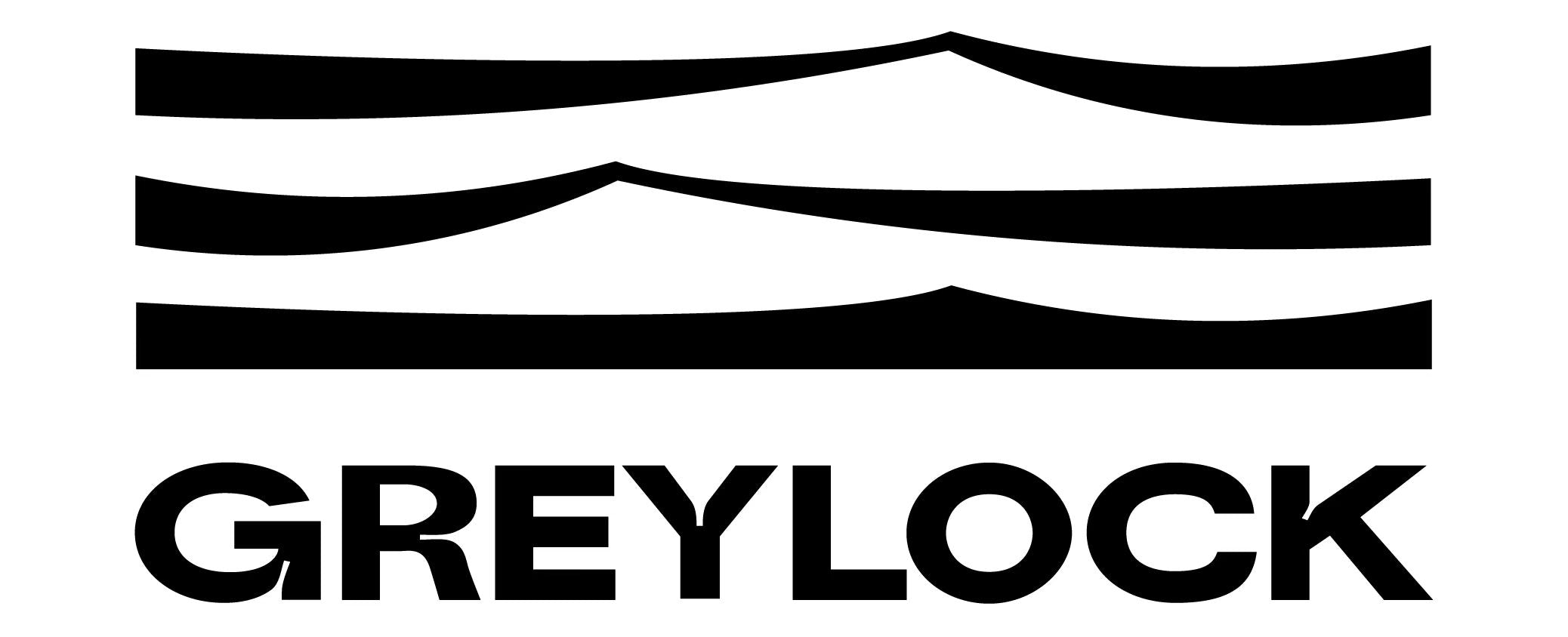

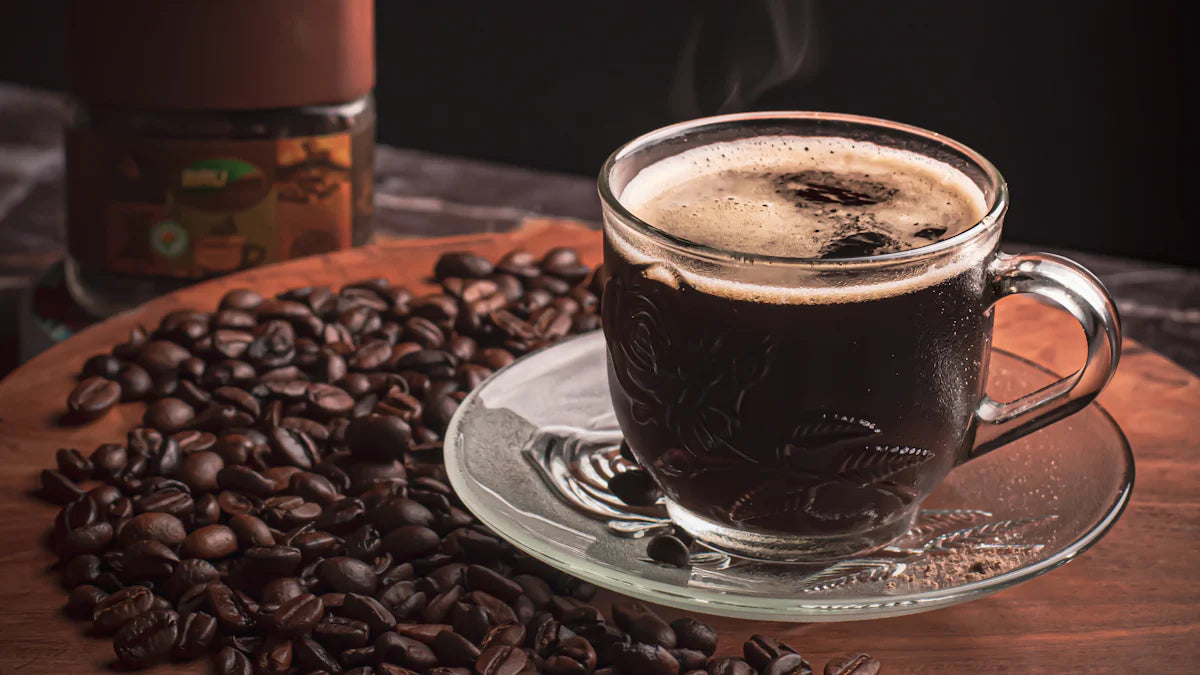
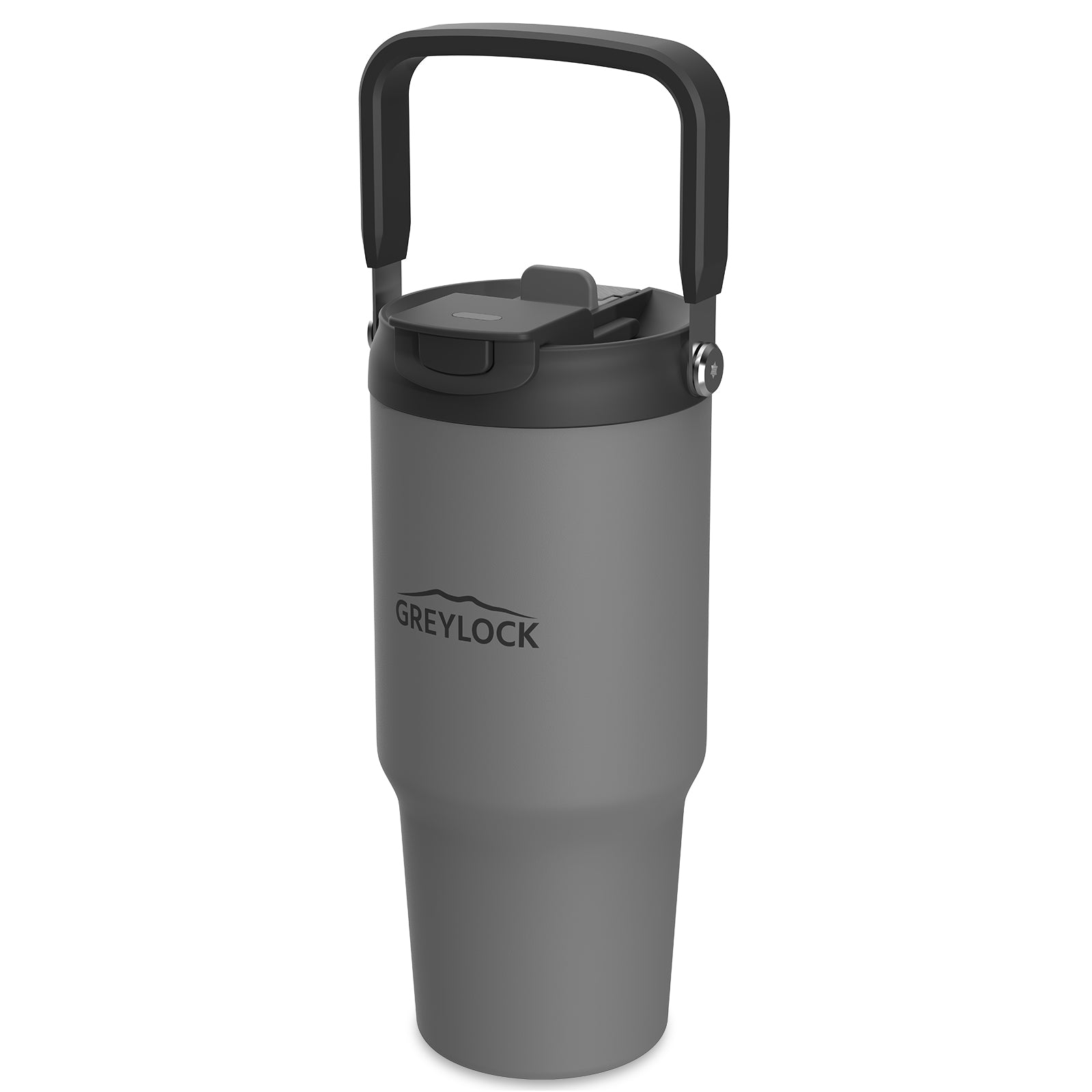
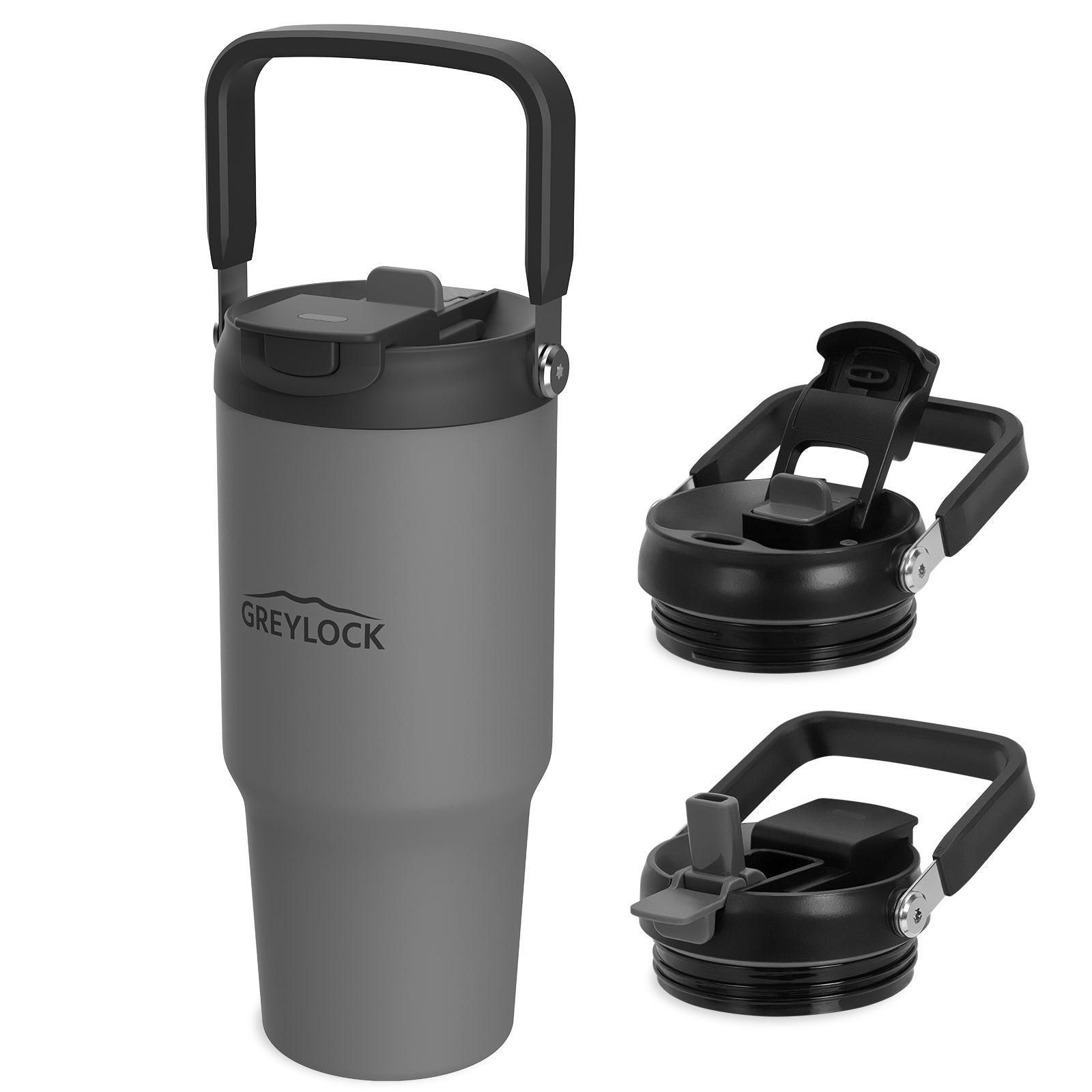
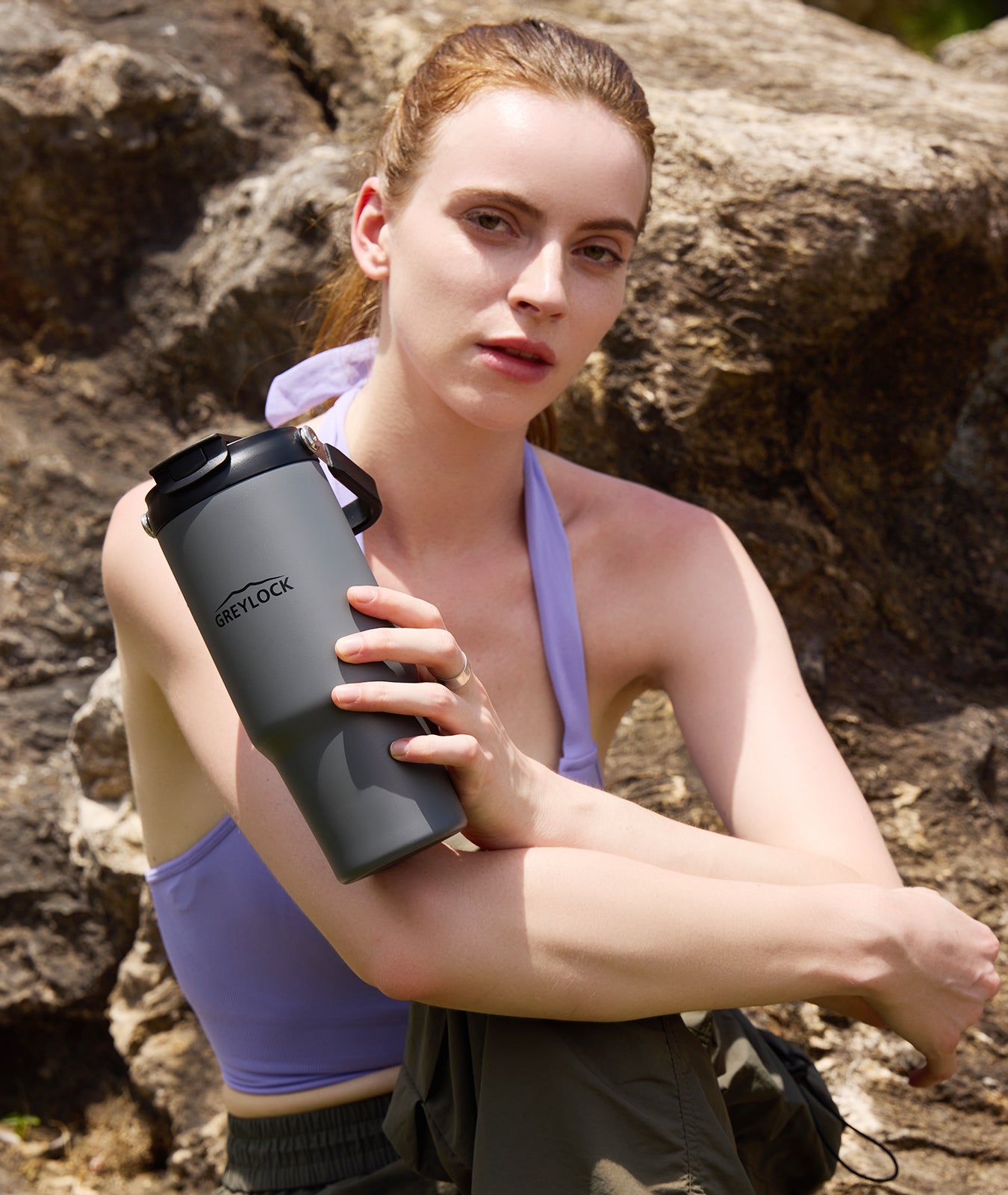
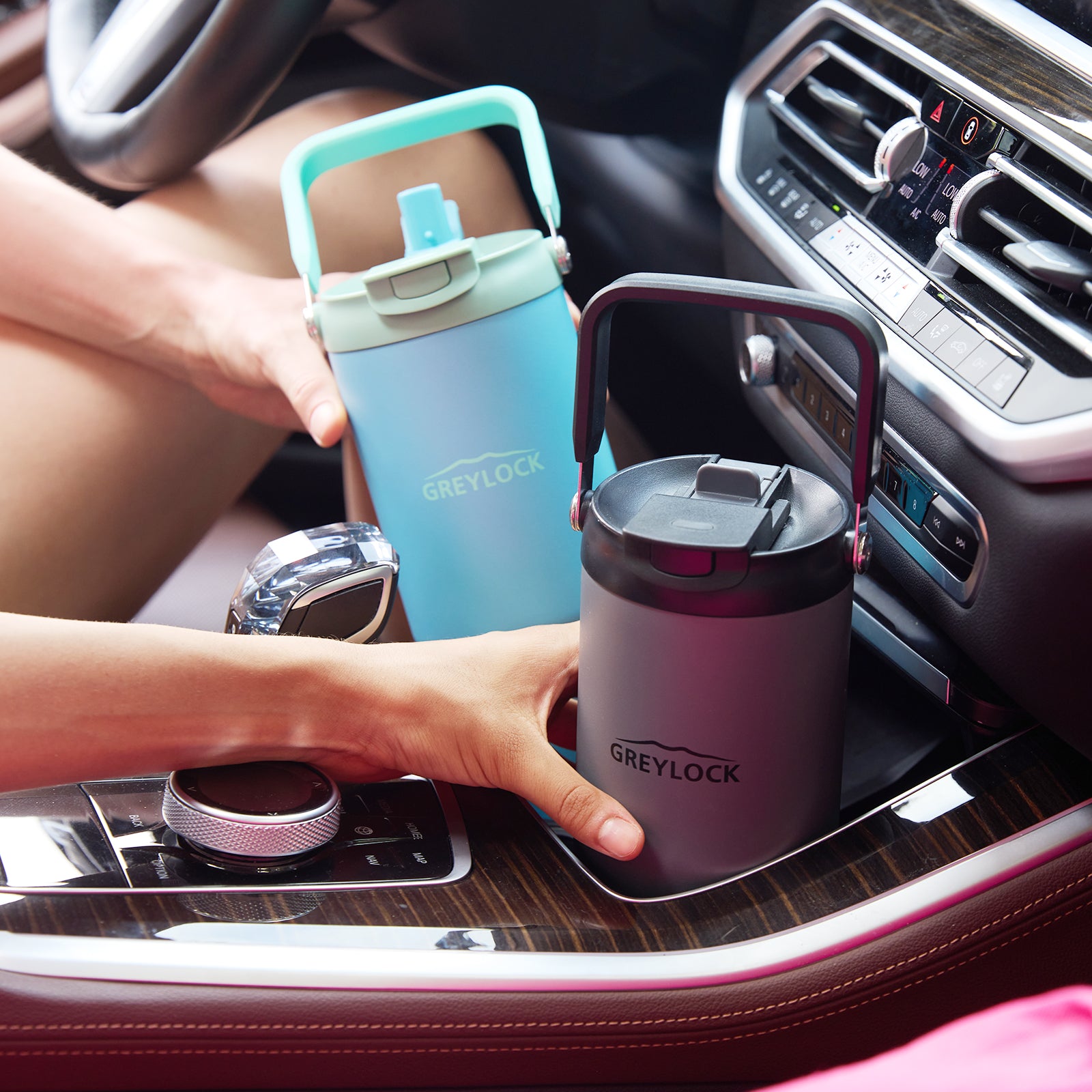
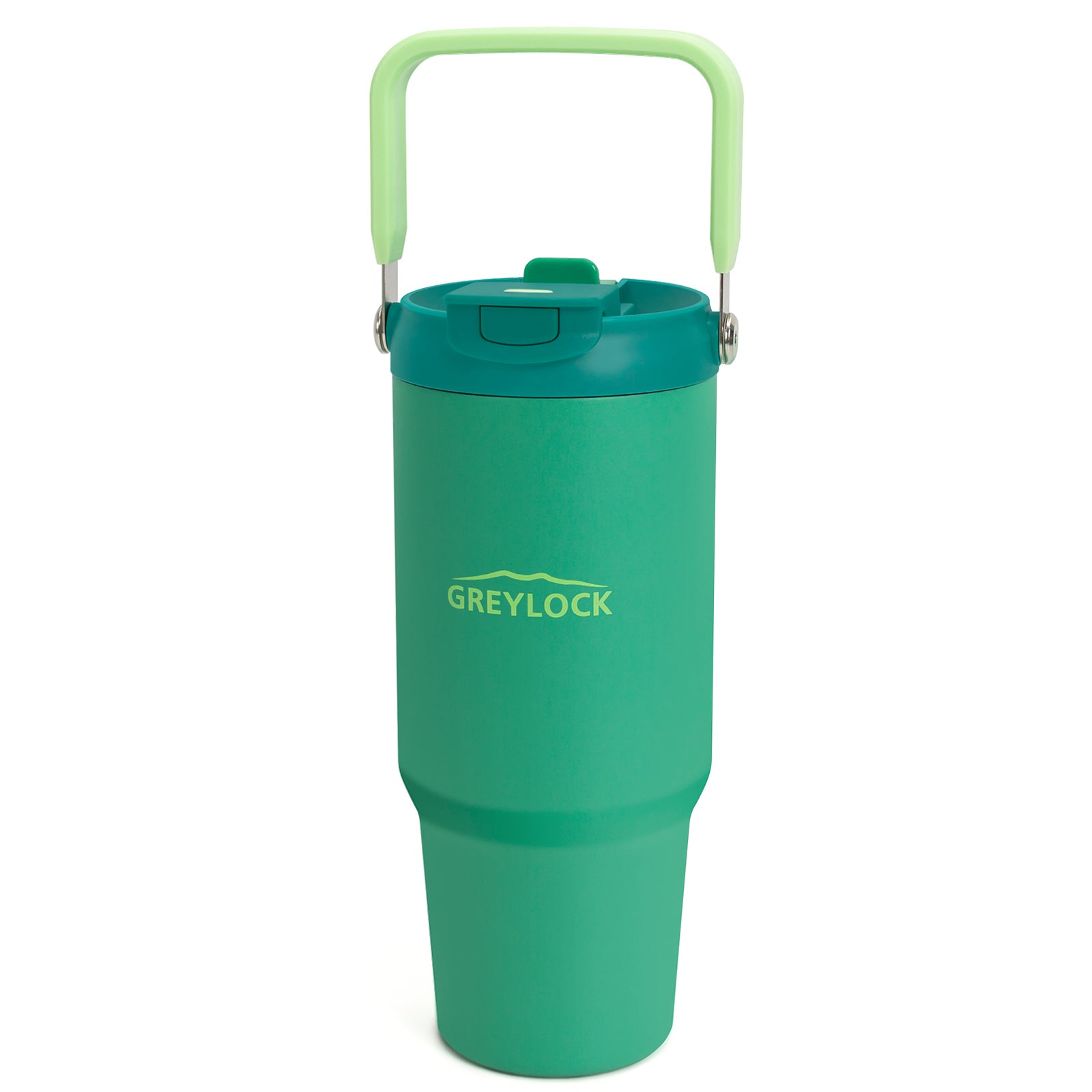
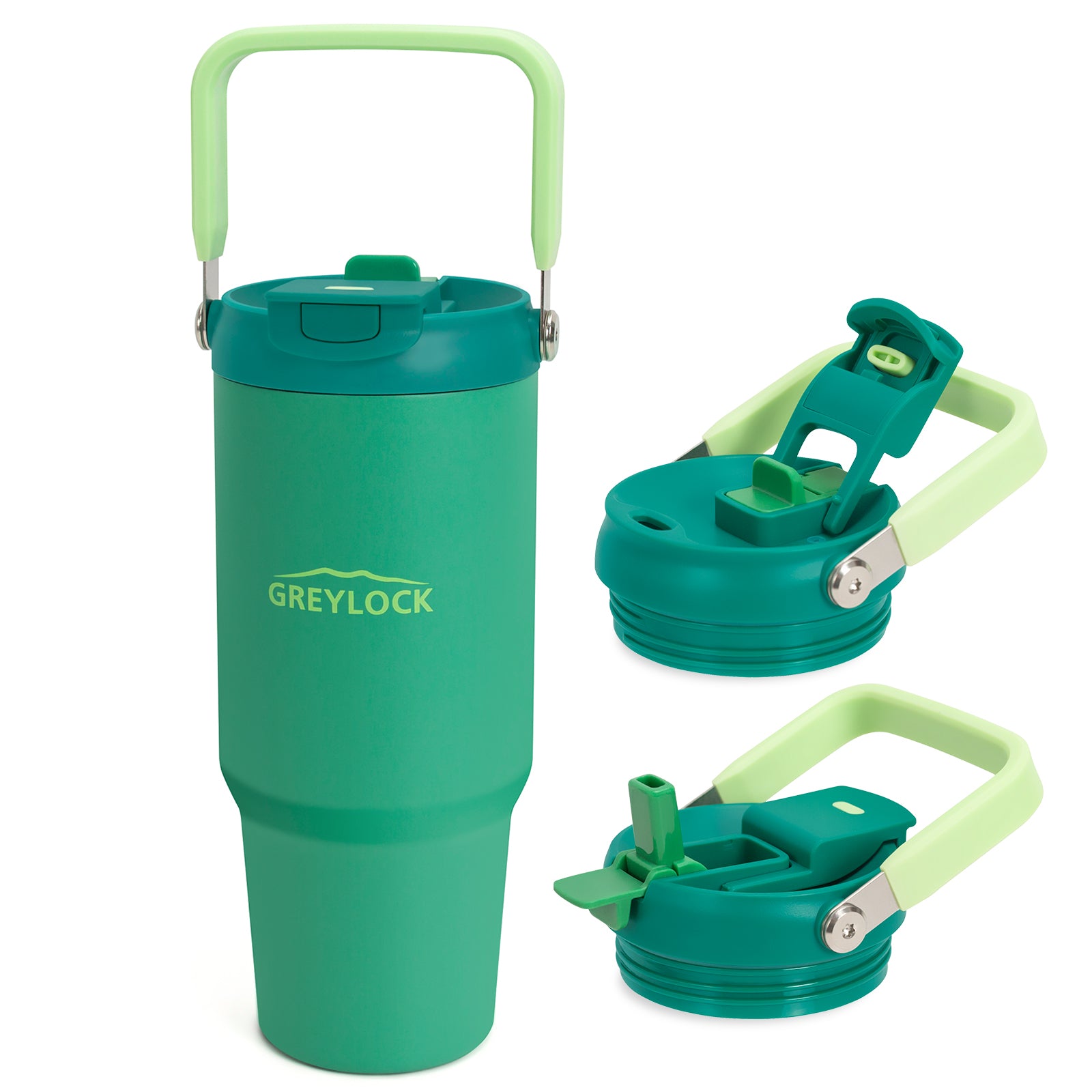
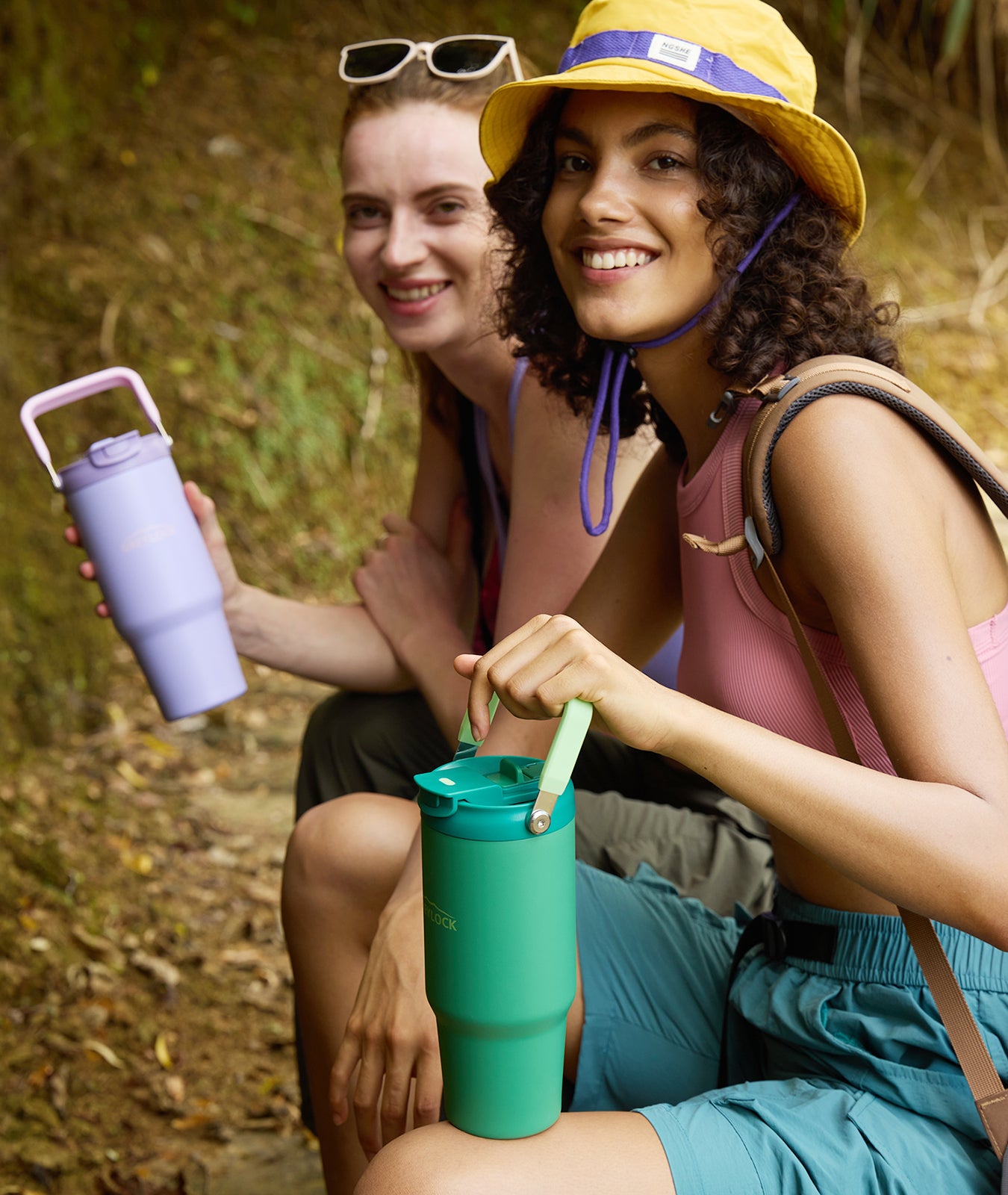
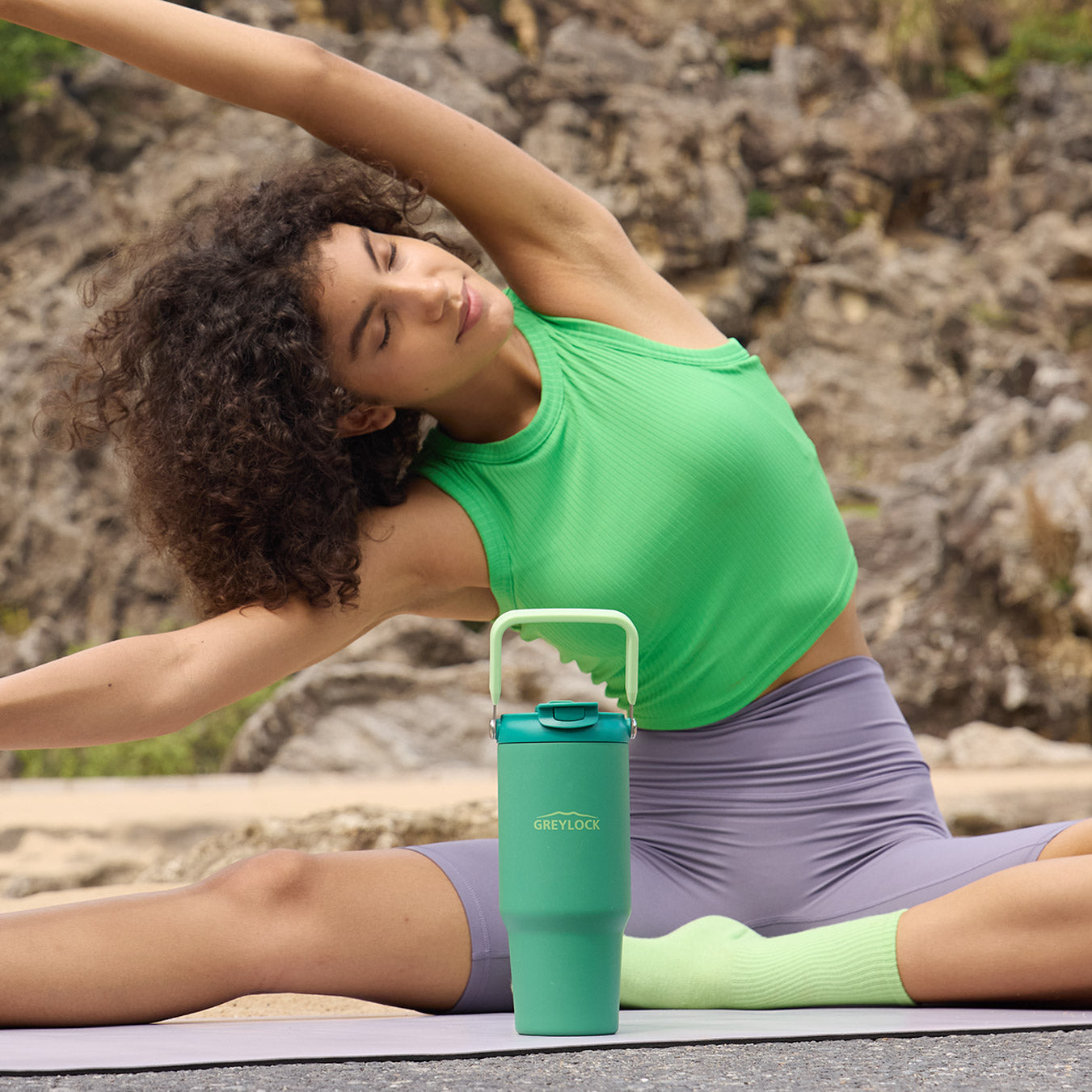
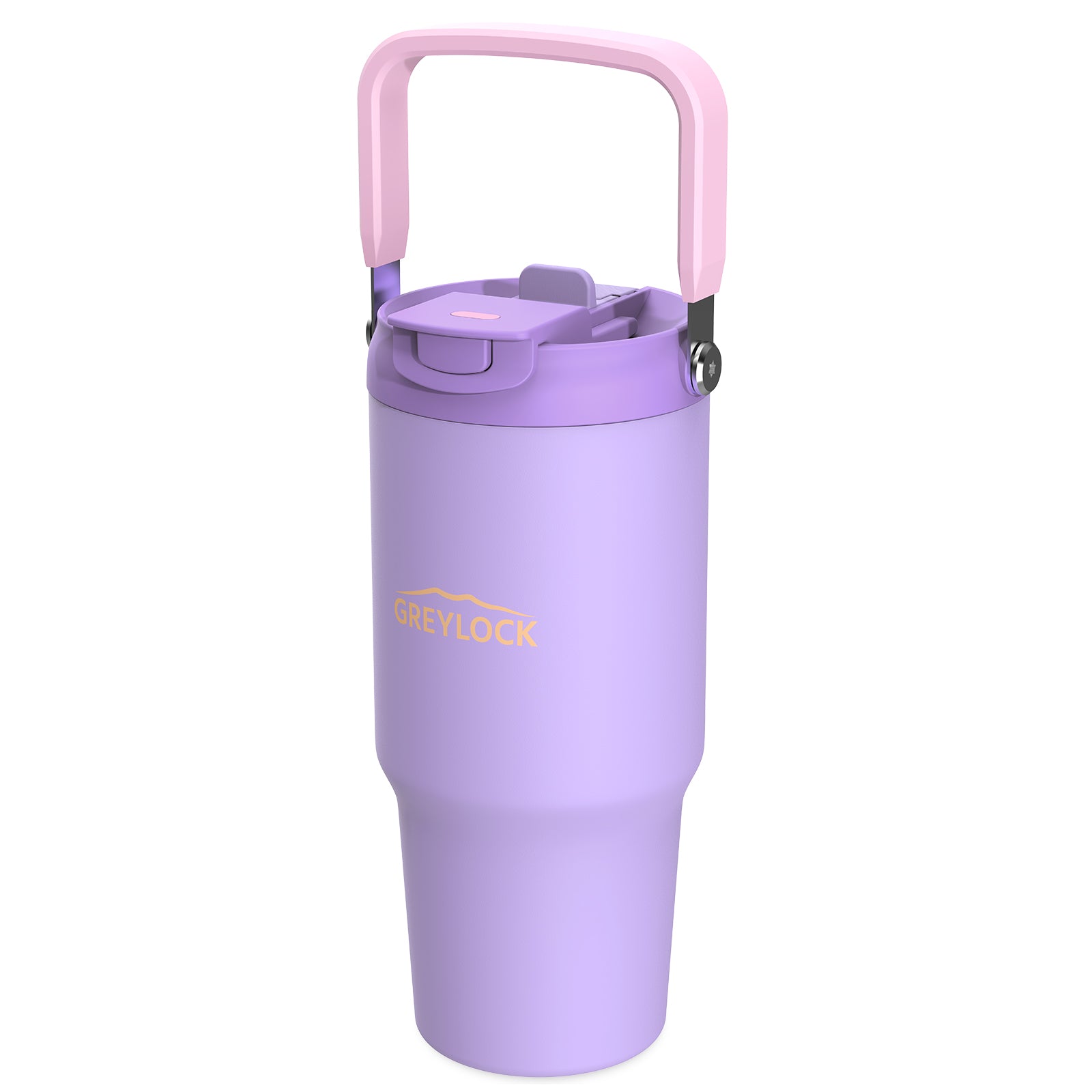
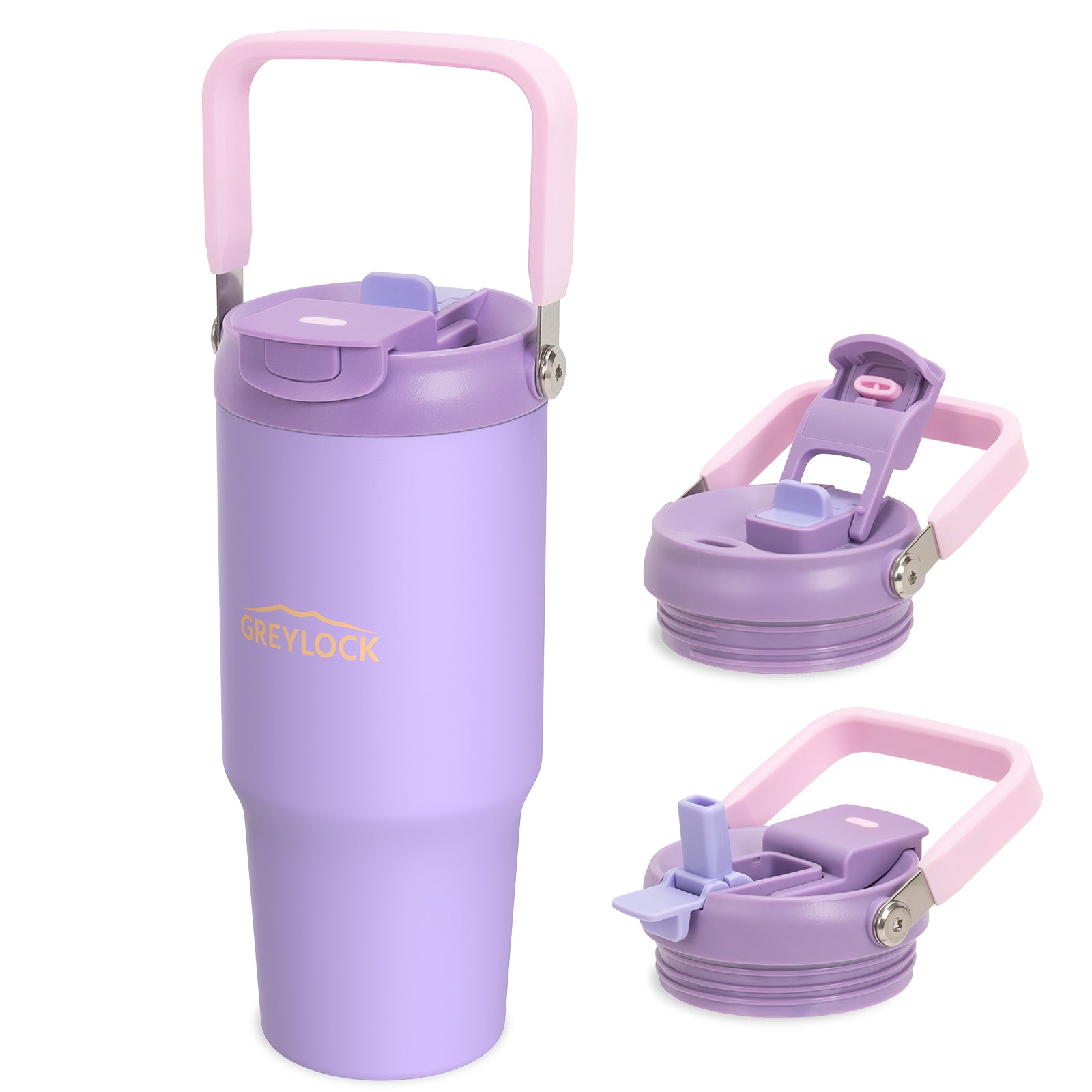
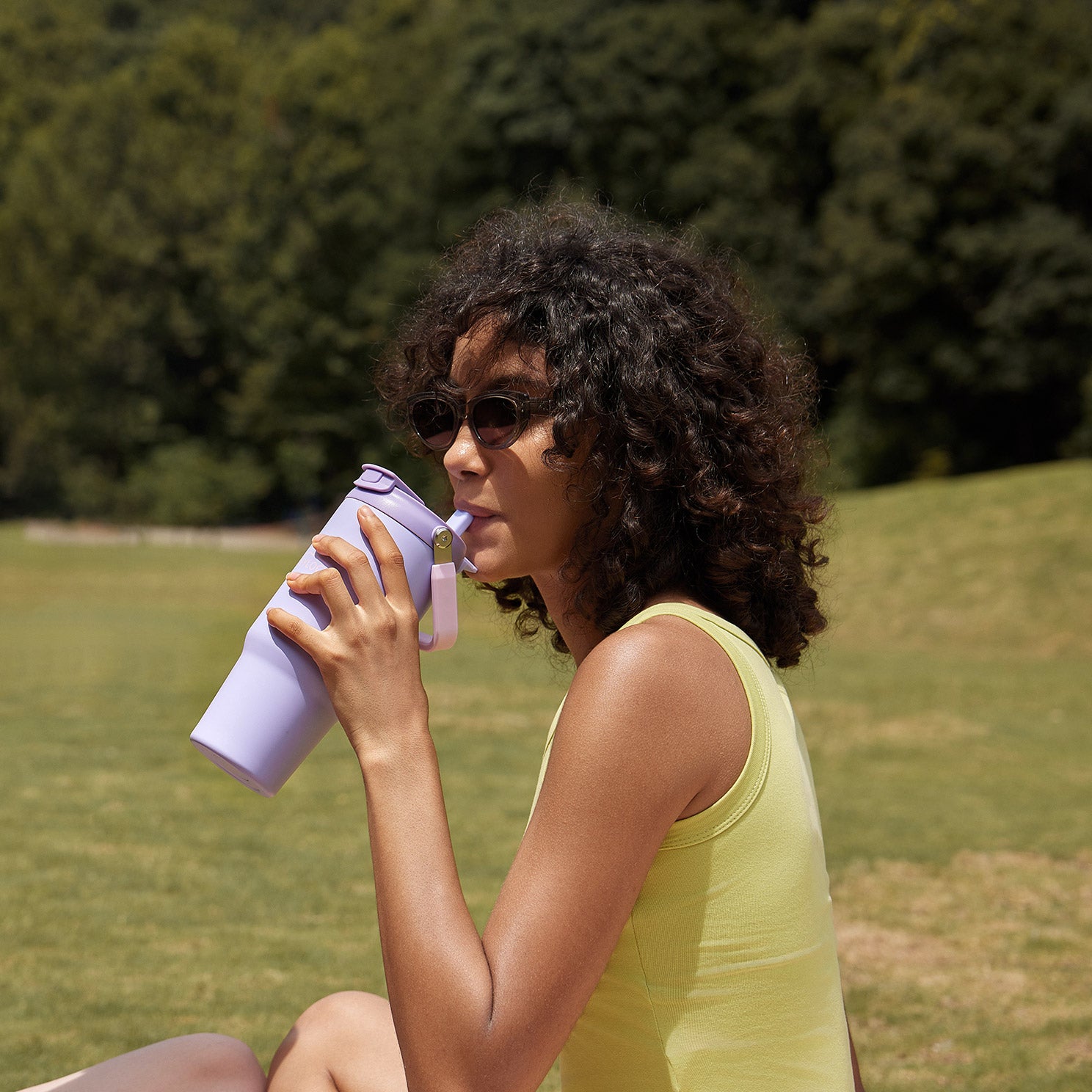

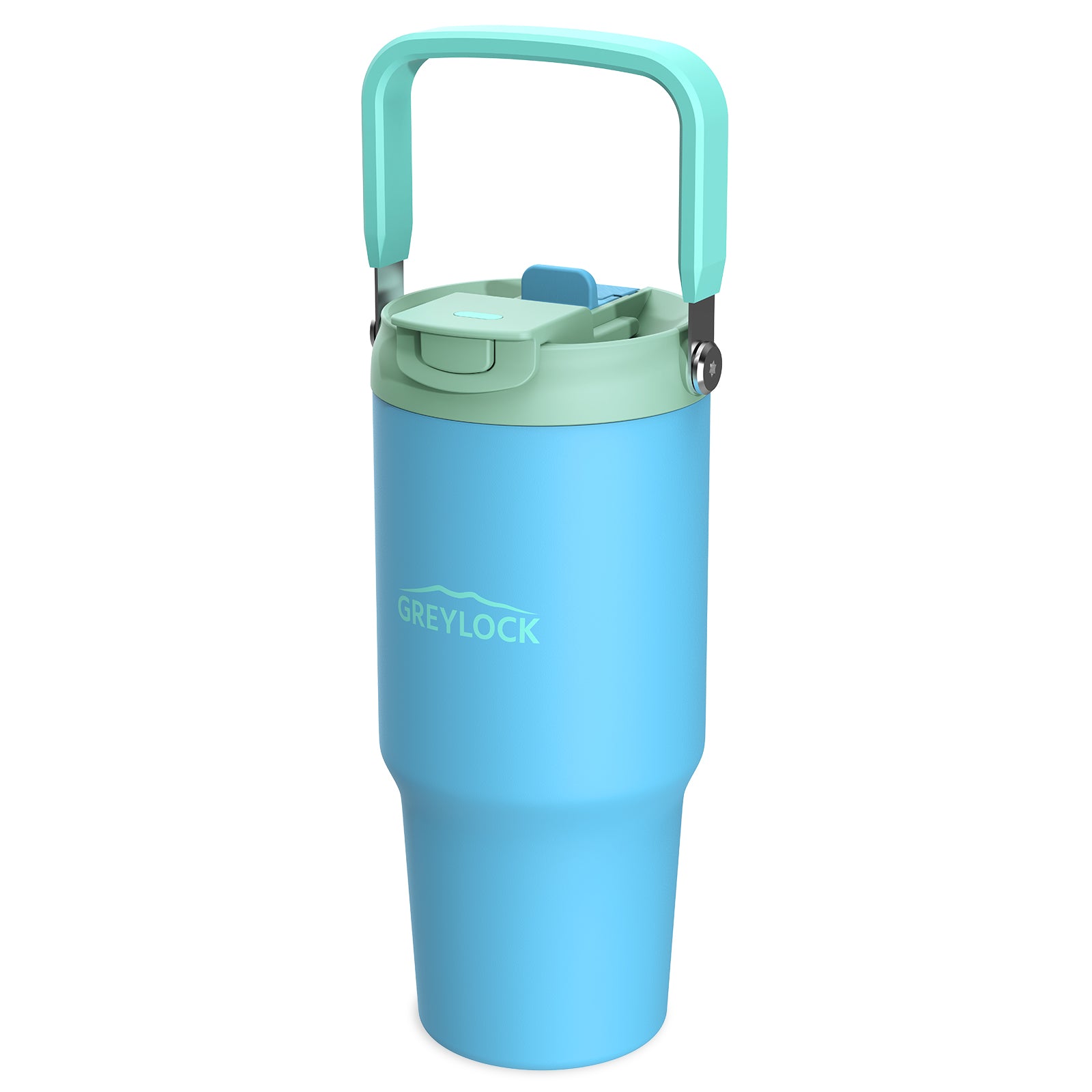
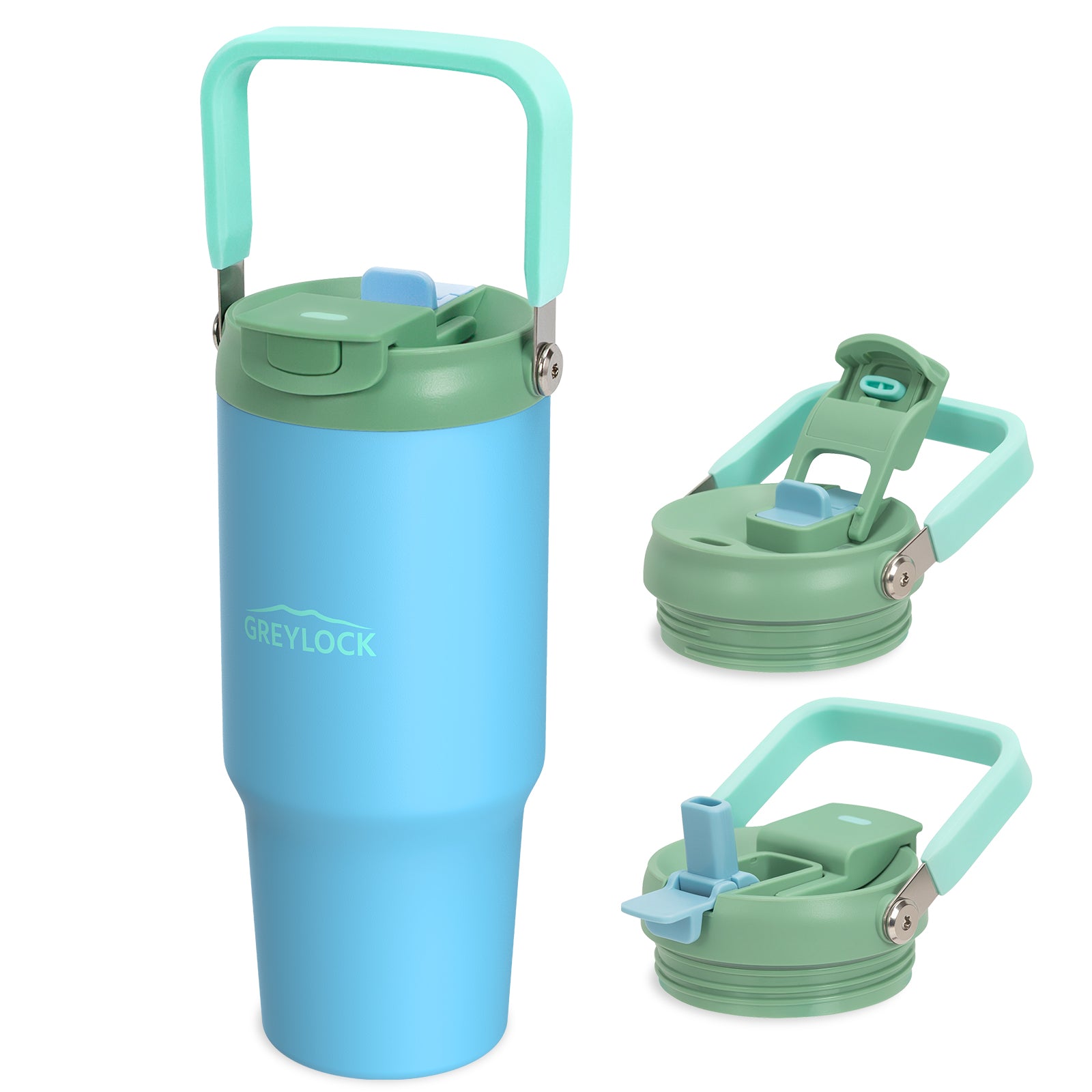
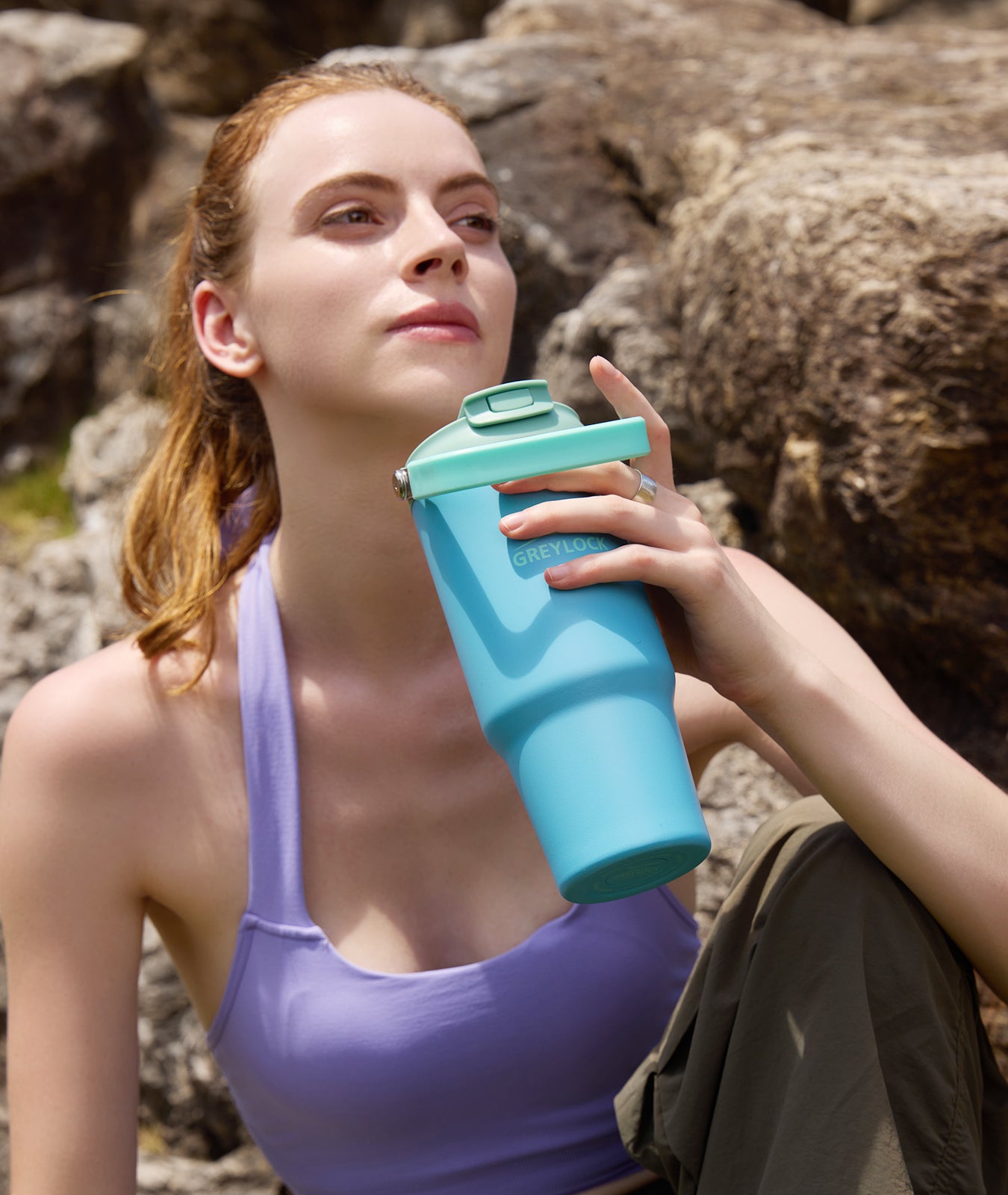
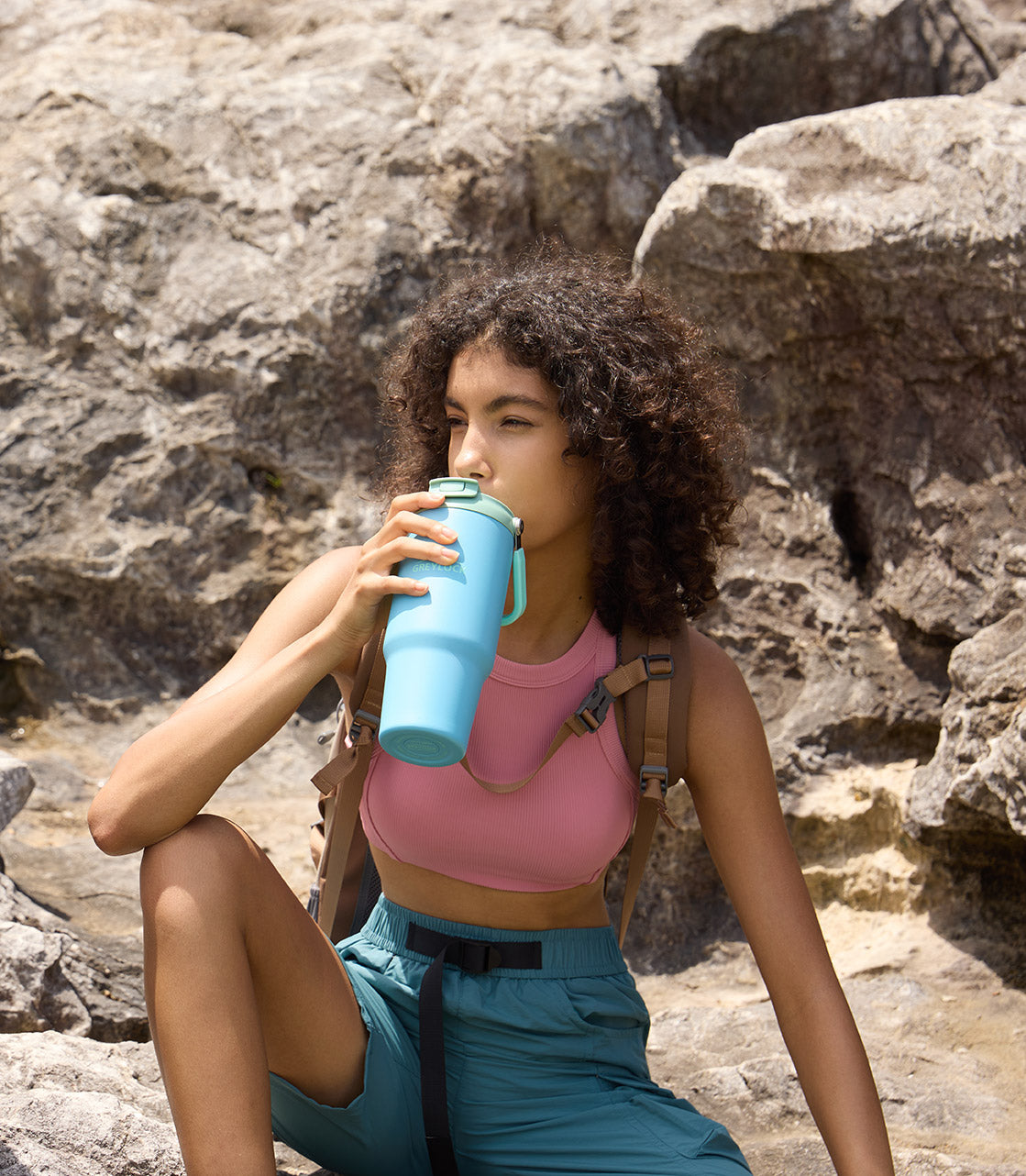
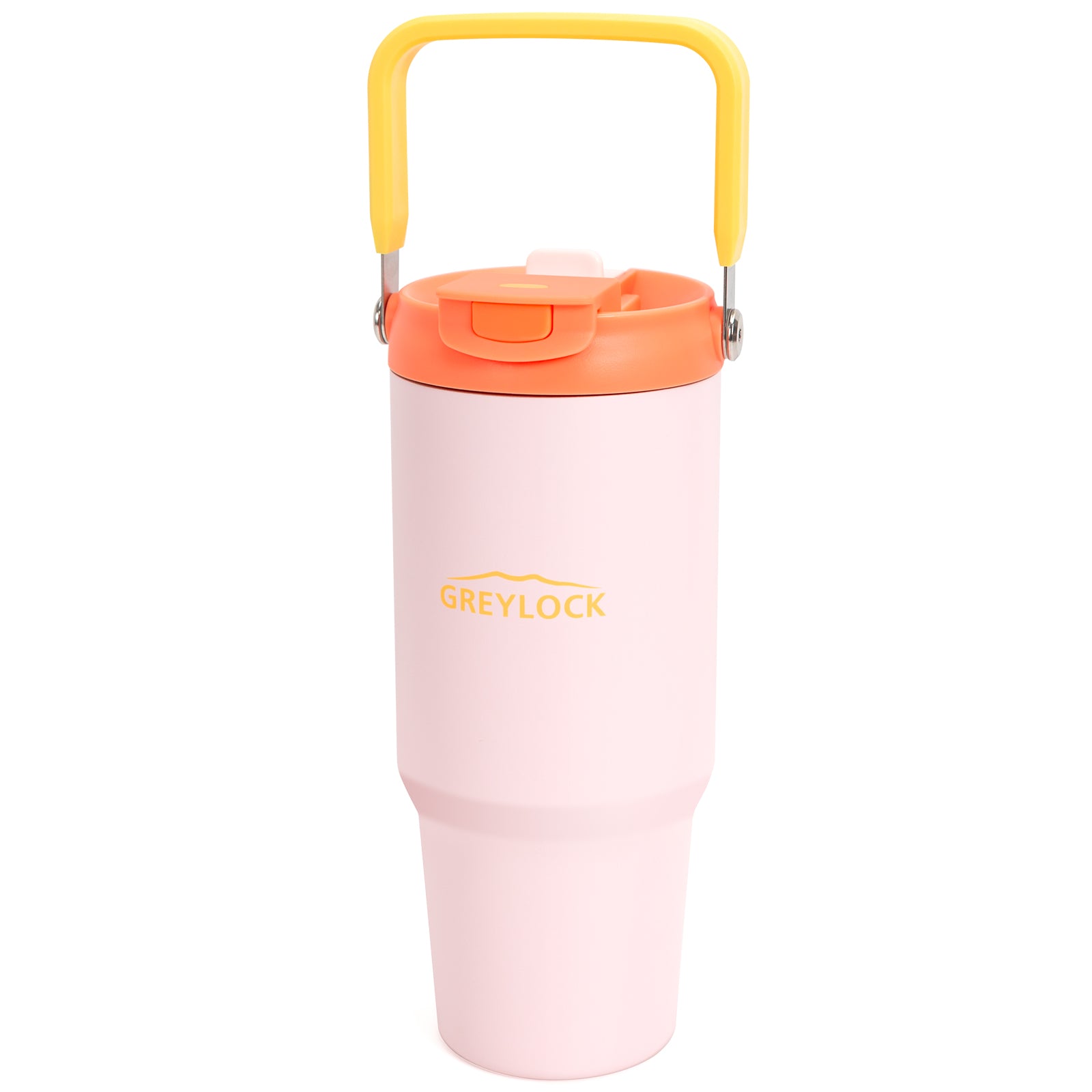
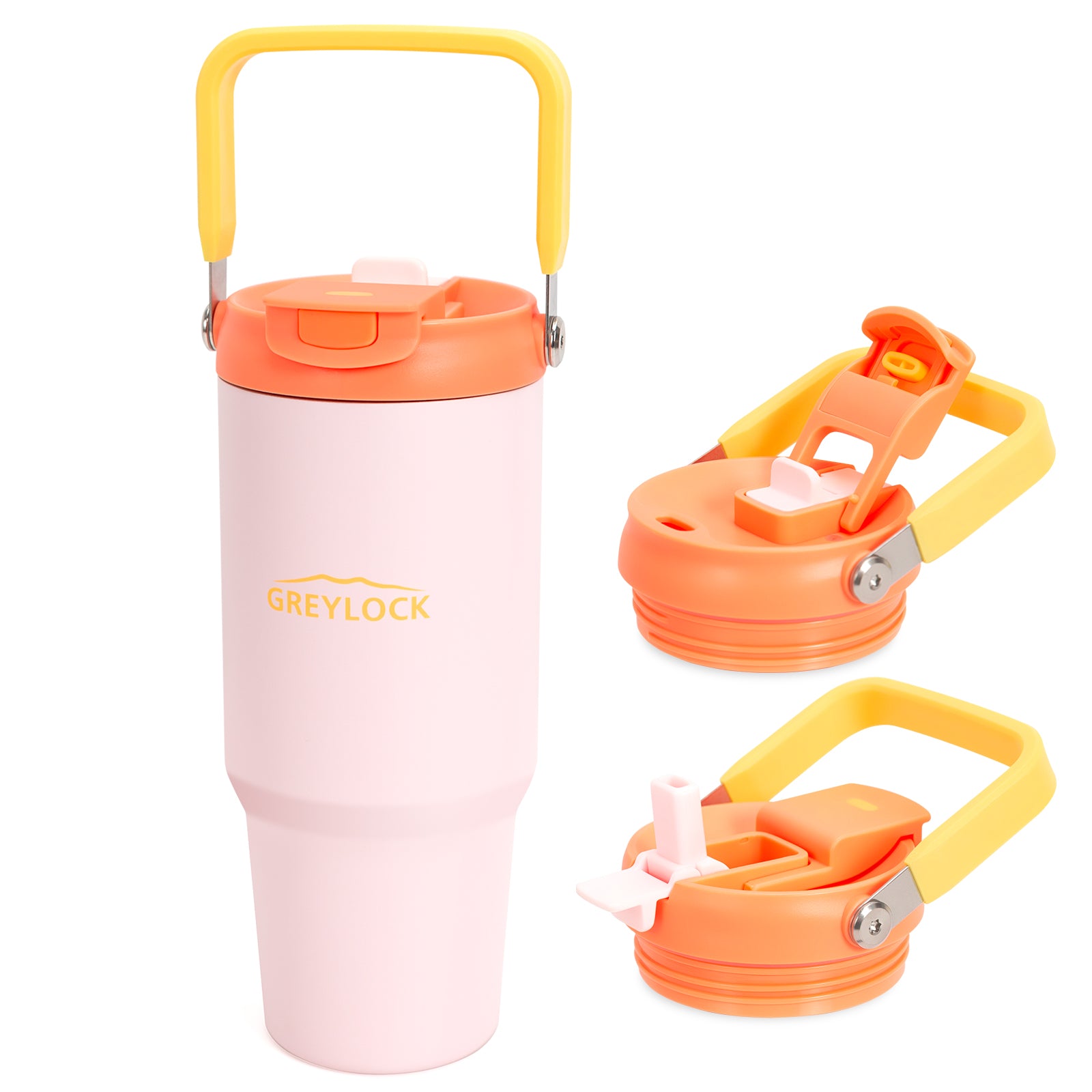
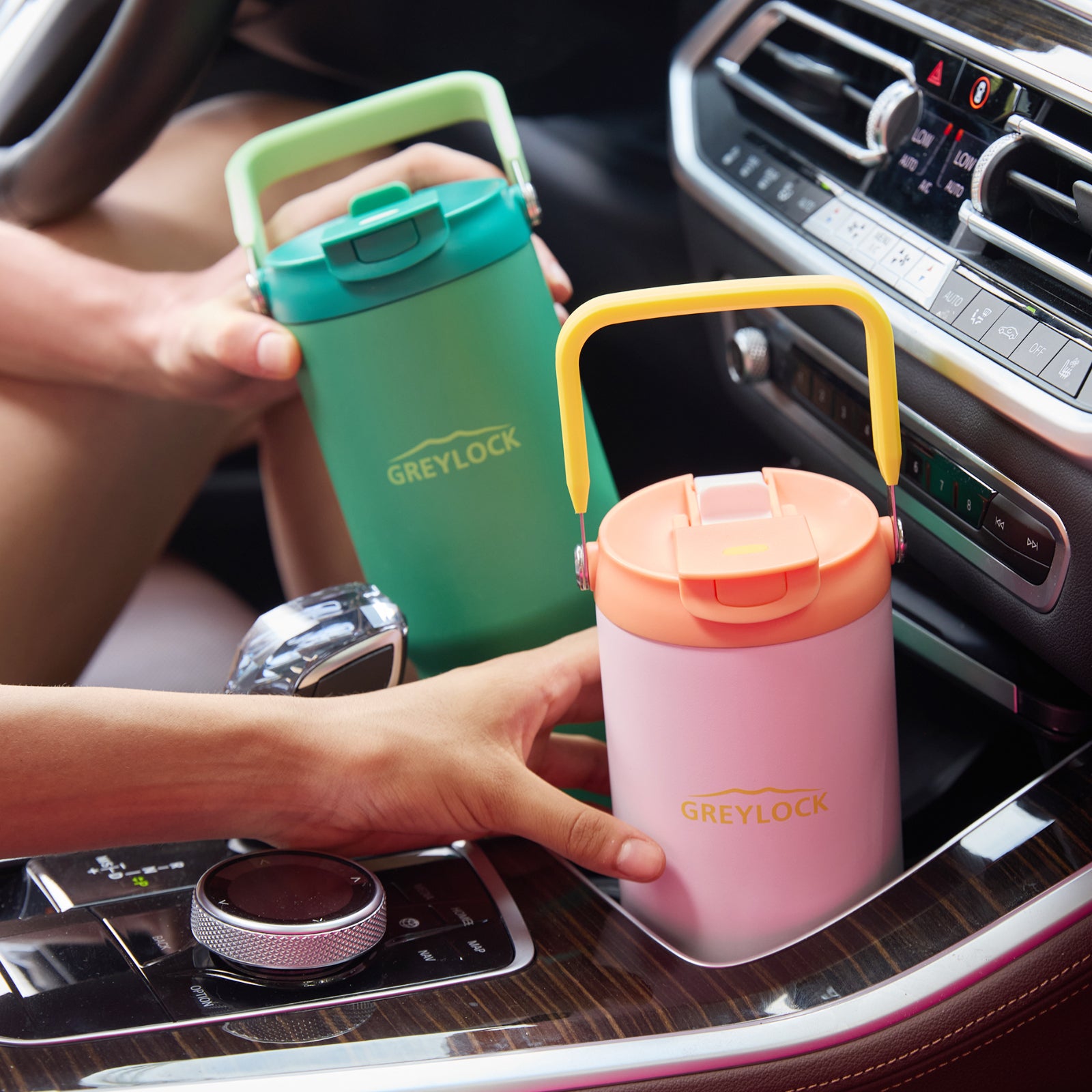

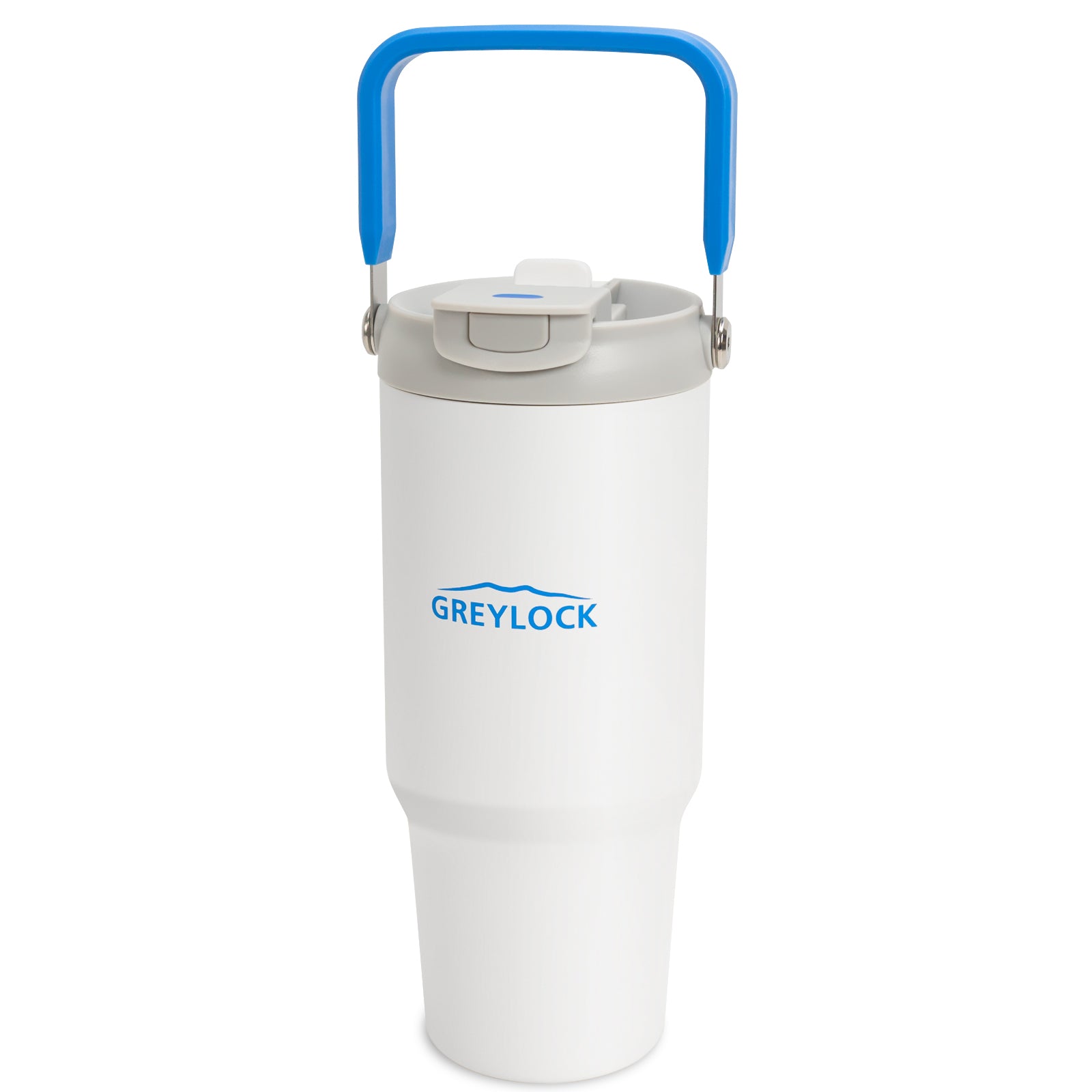
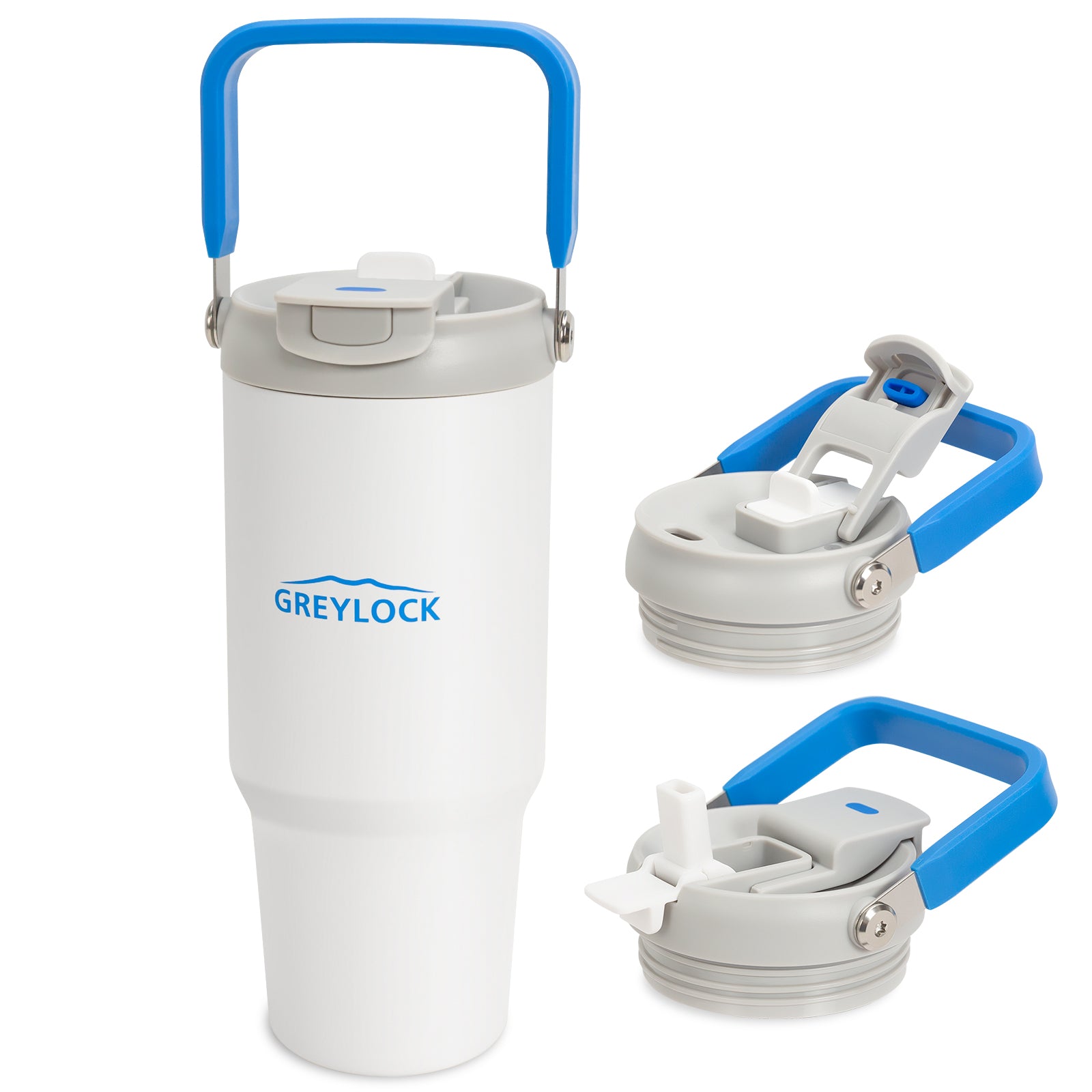
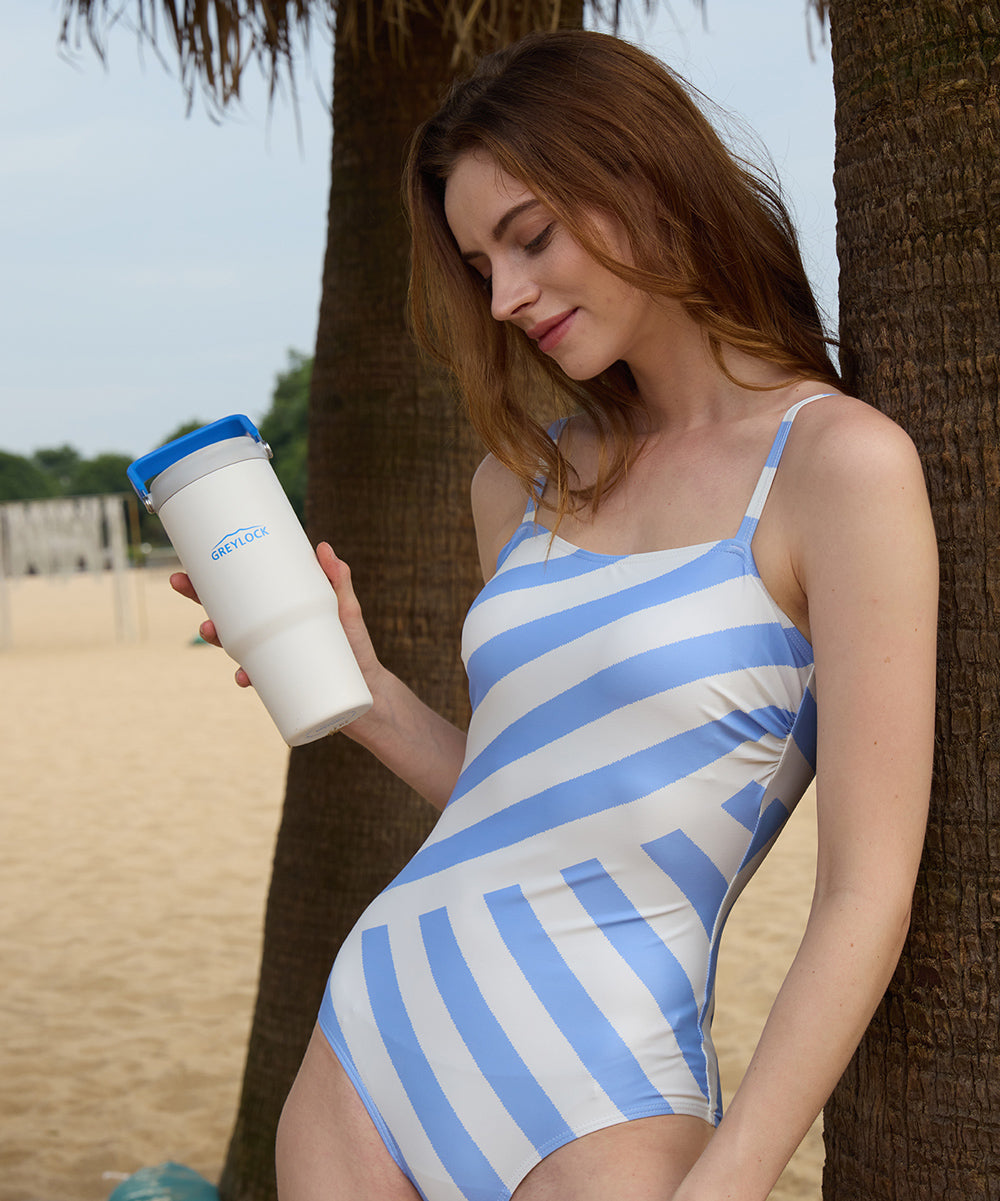
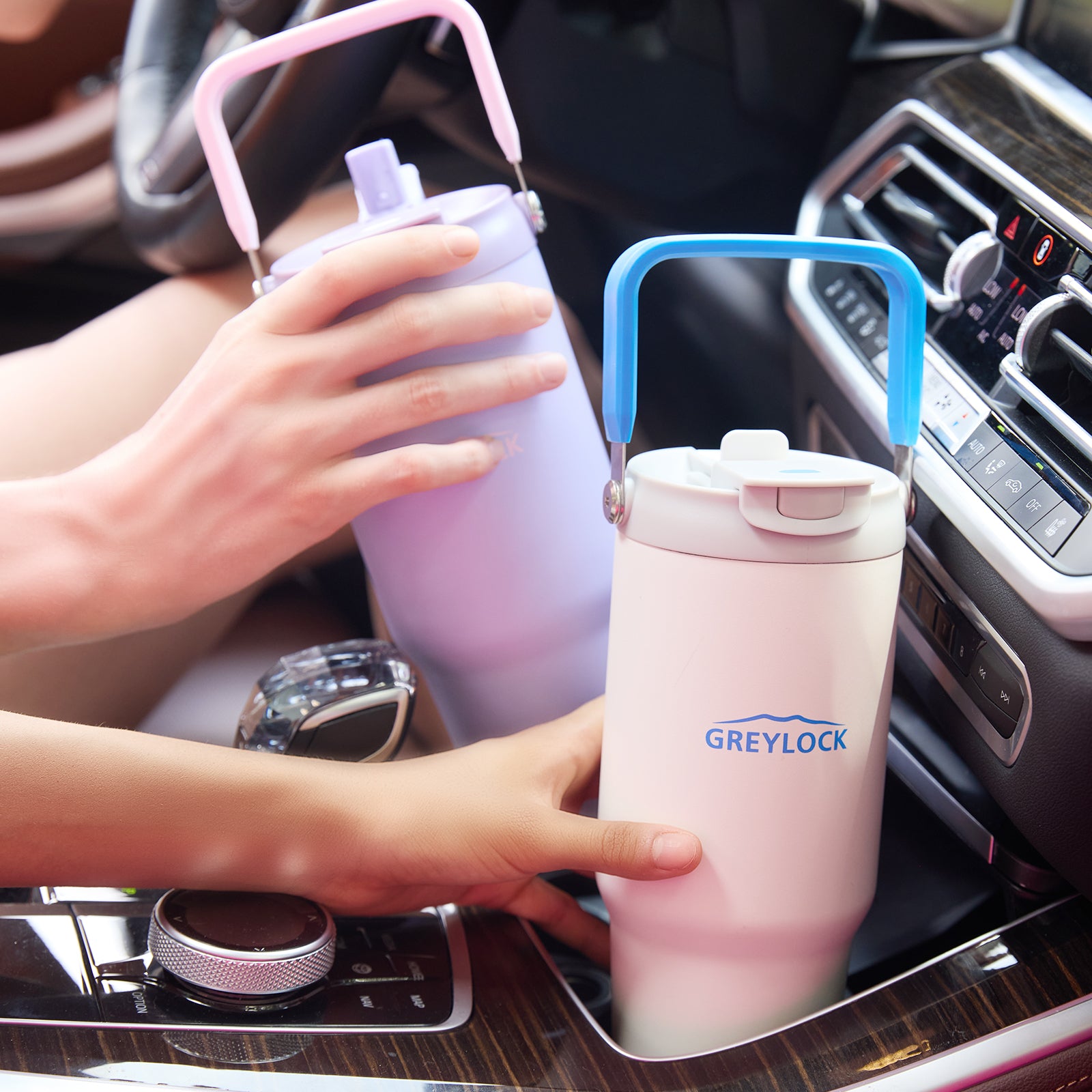

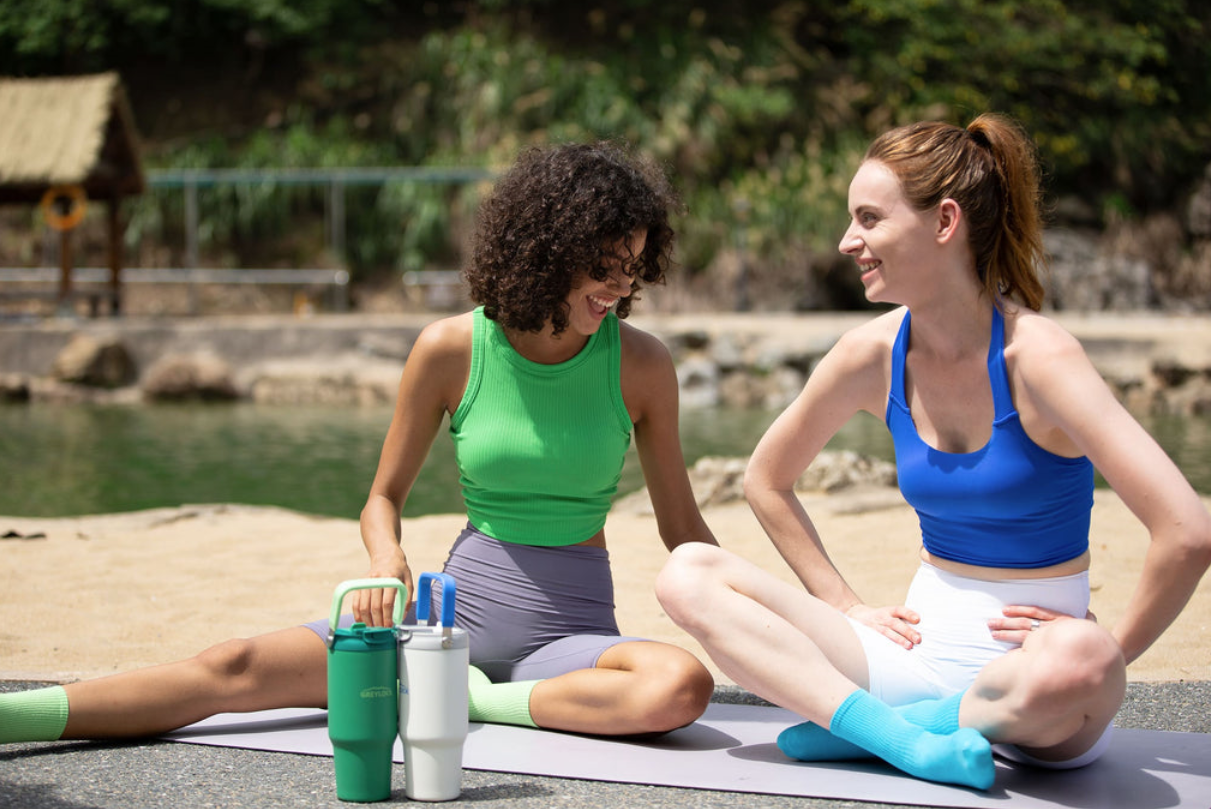
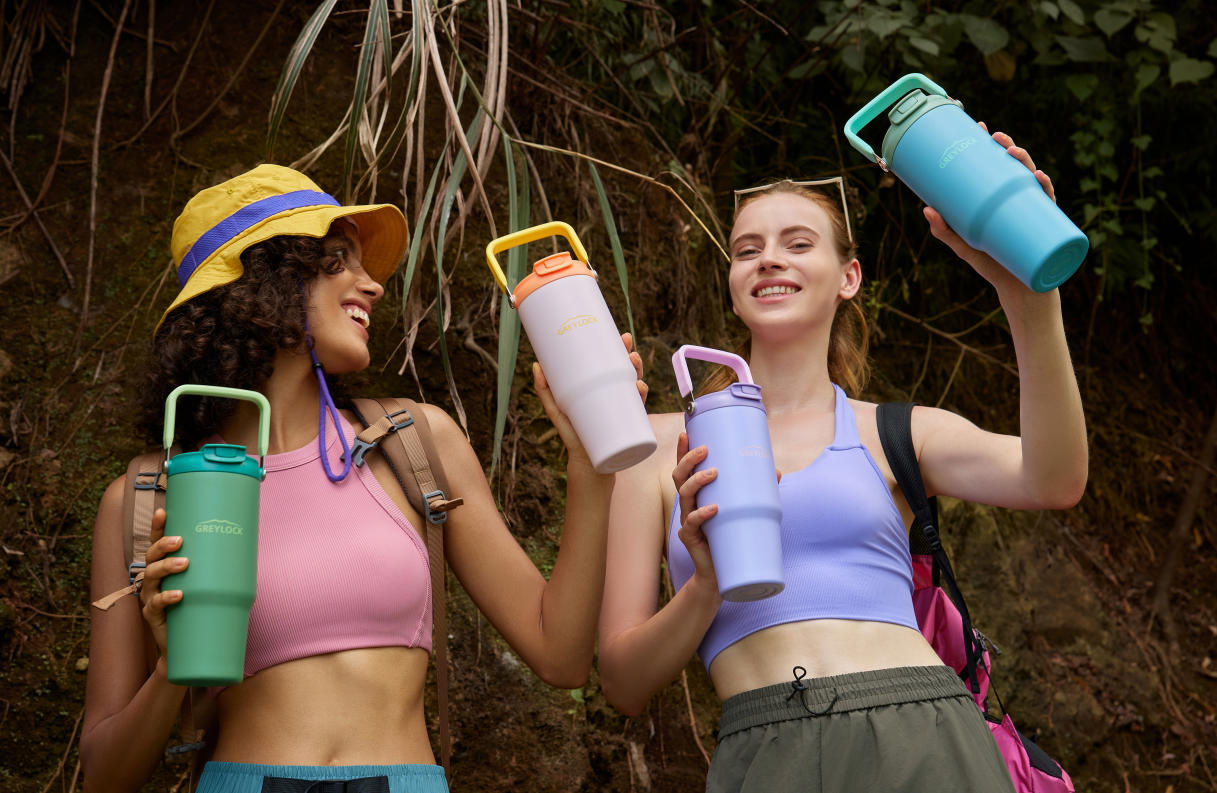
Share:
How Many Ounces in a Liter? Liters to Ounces Made Simple
What Is BPA-Free? BPA Free Meaning and Why It Matters for Your Health